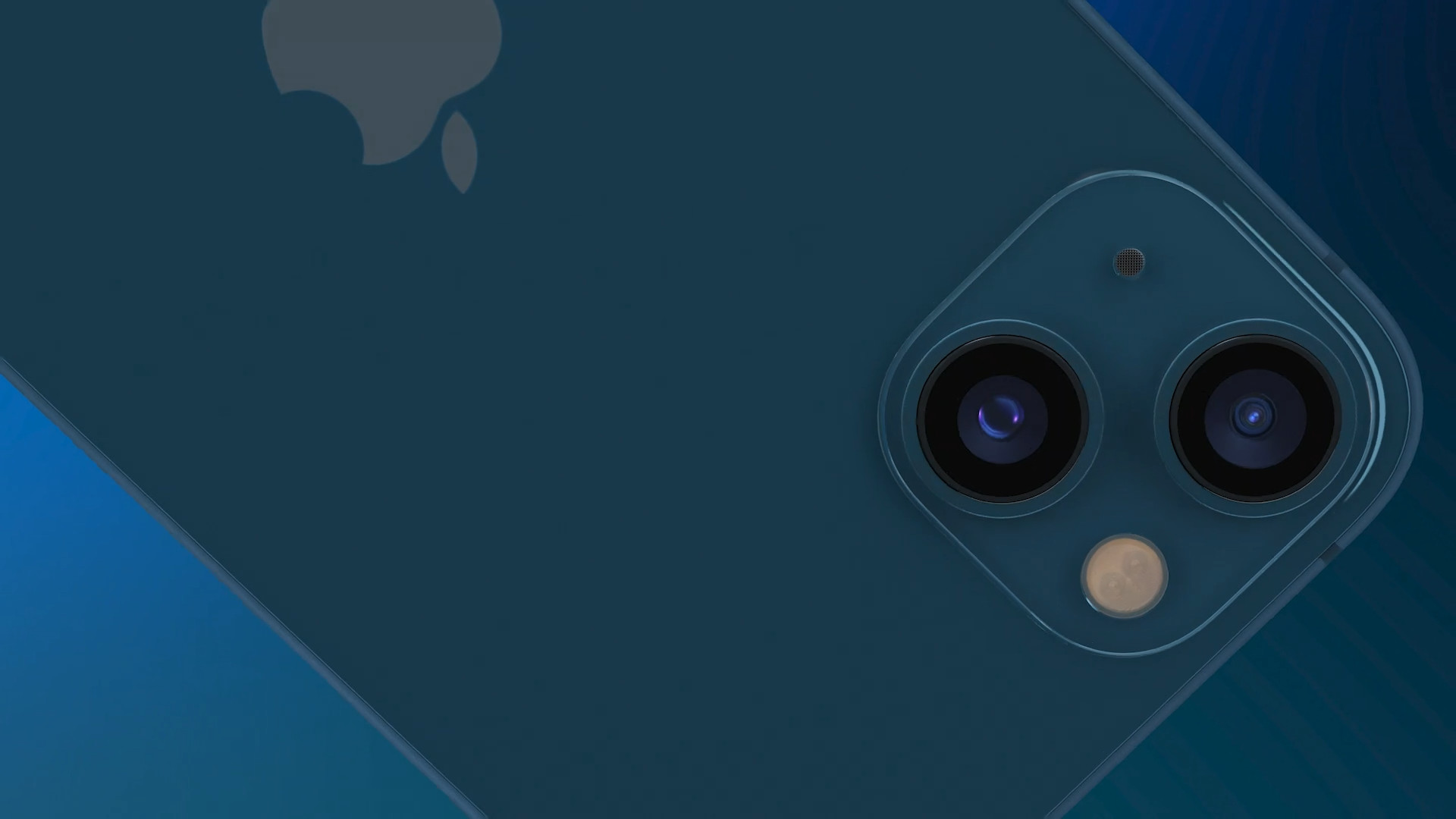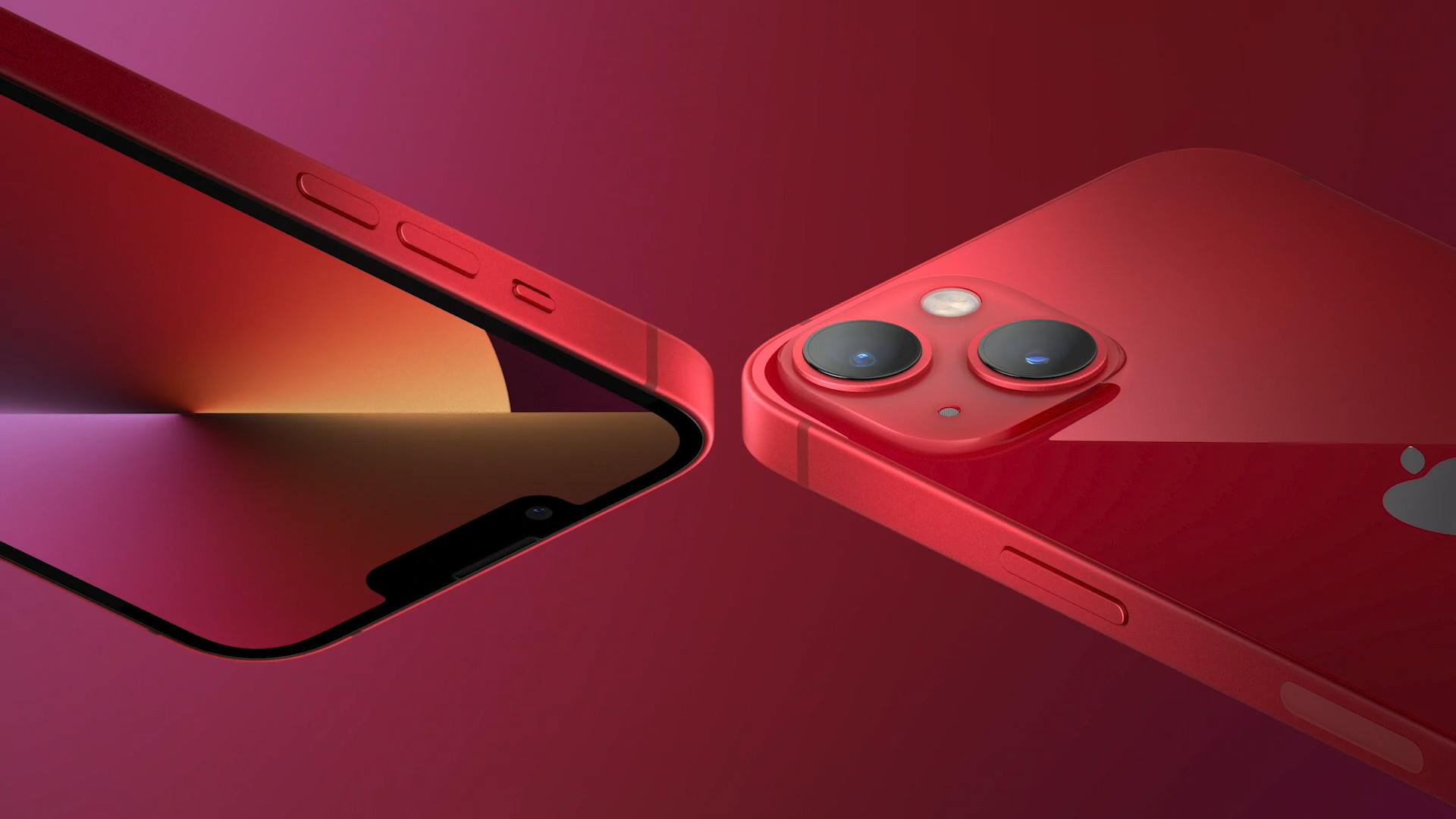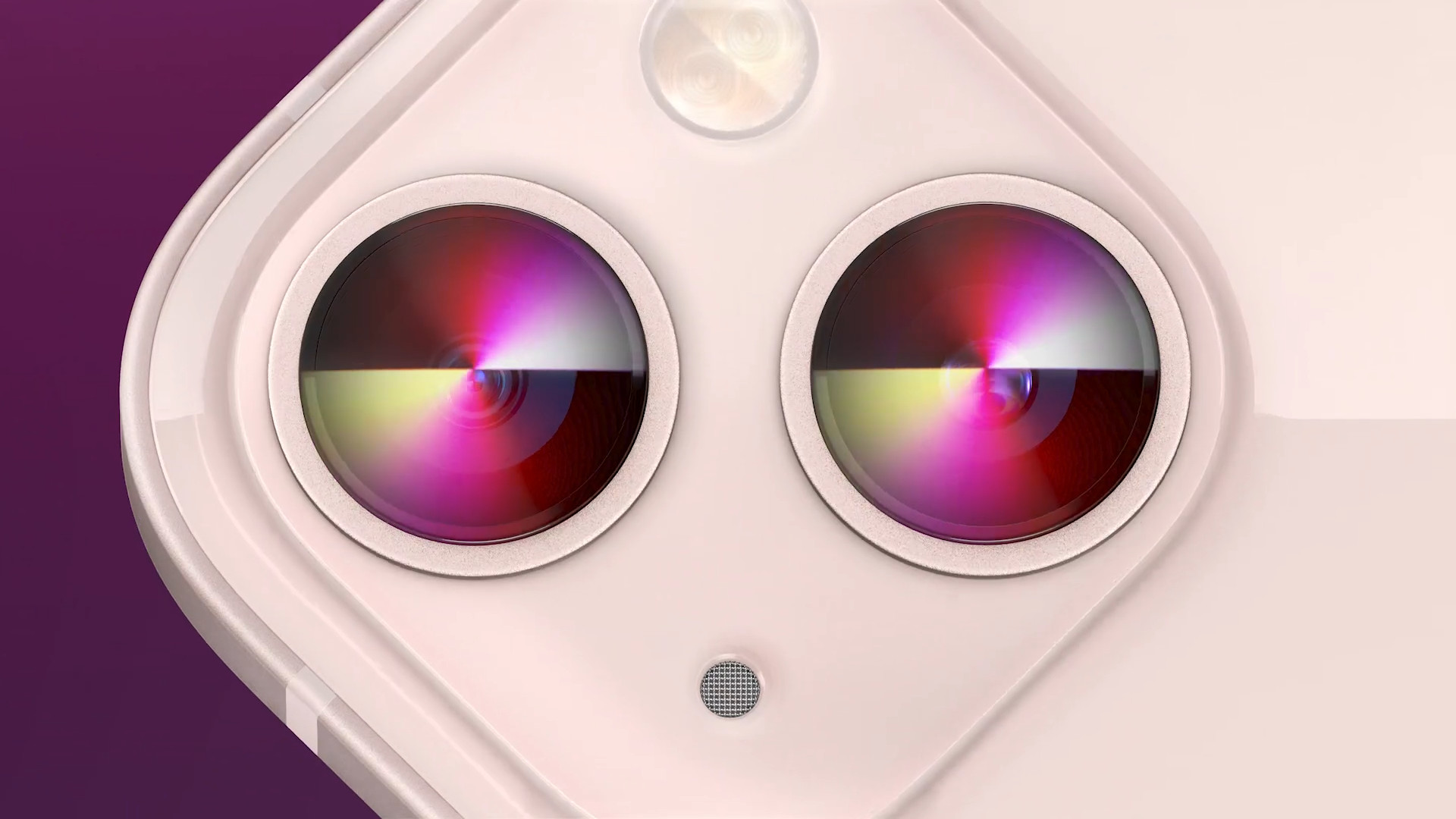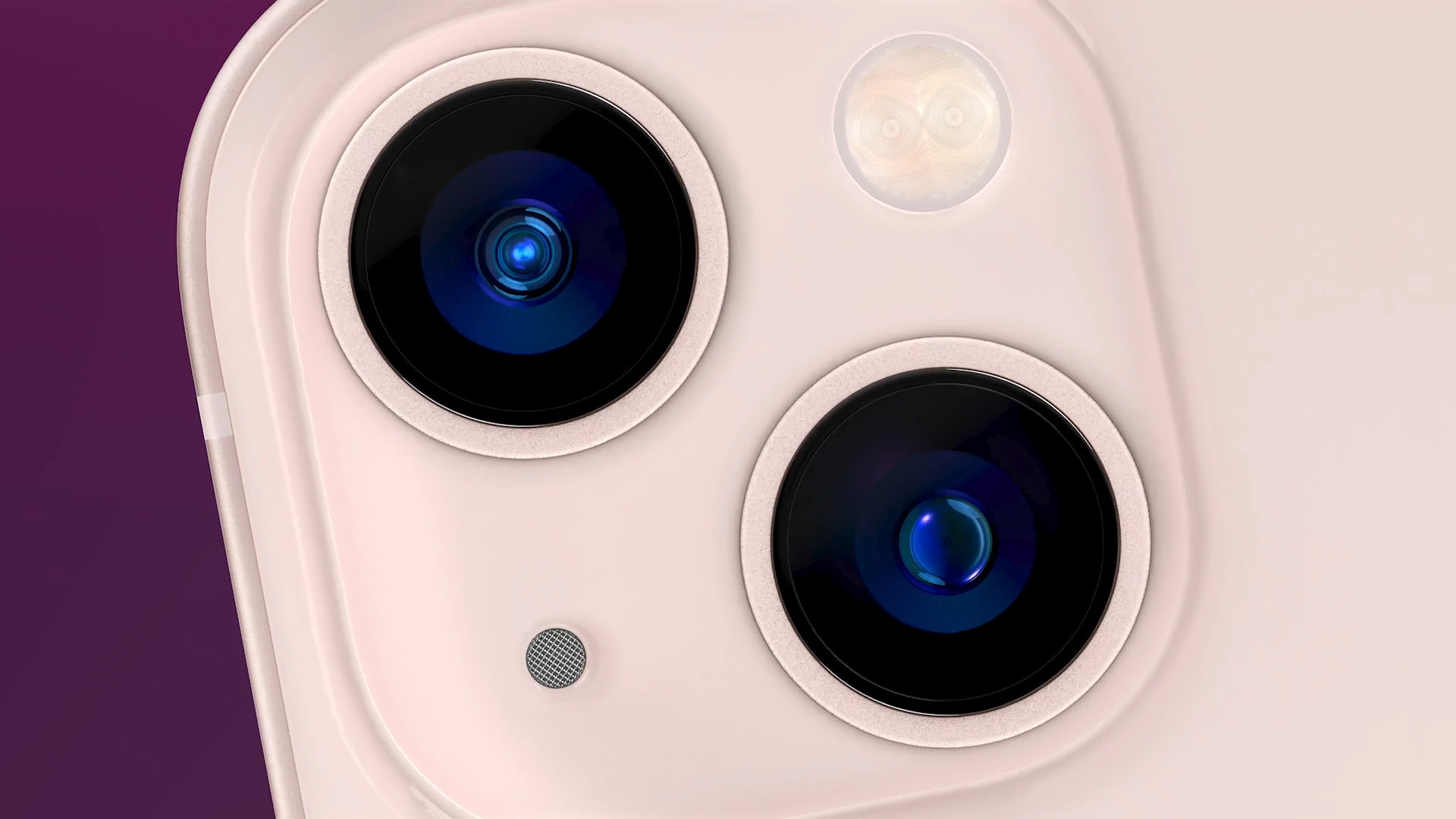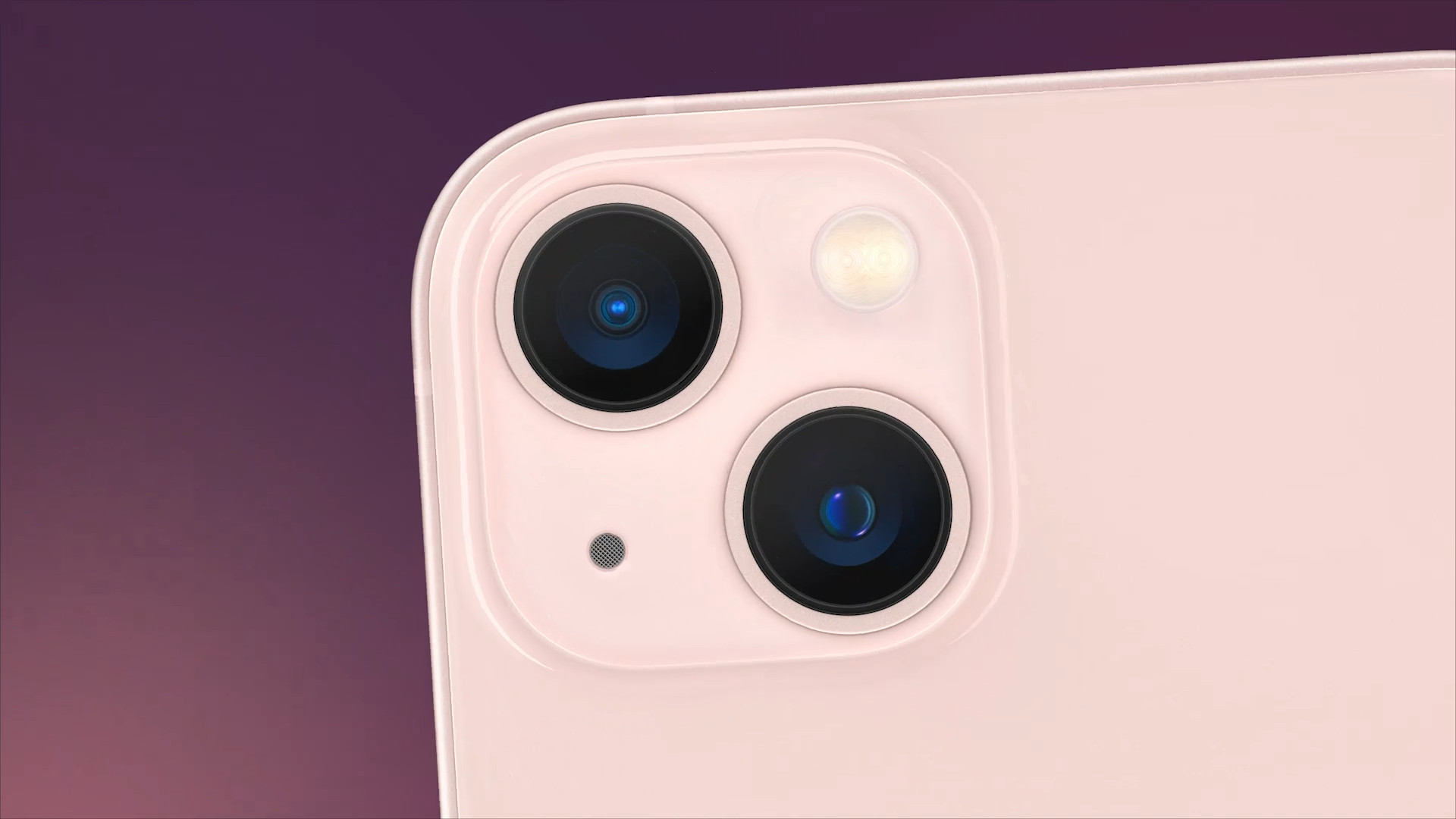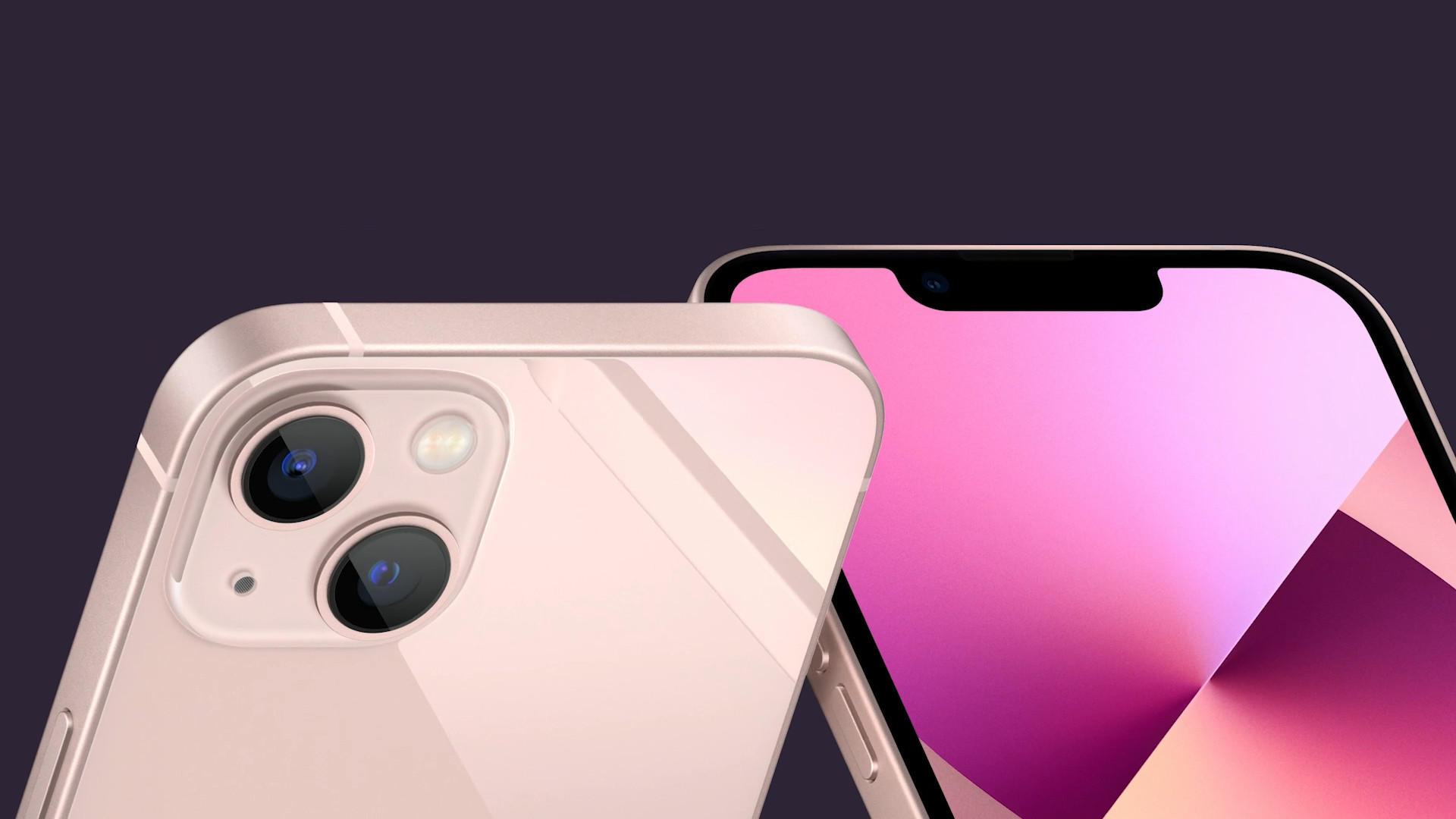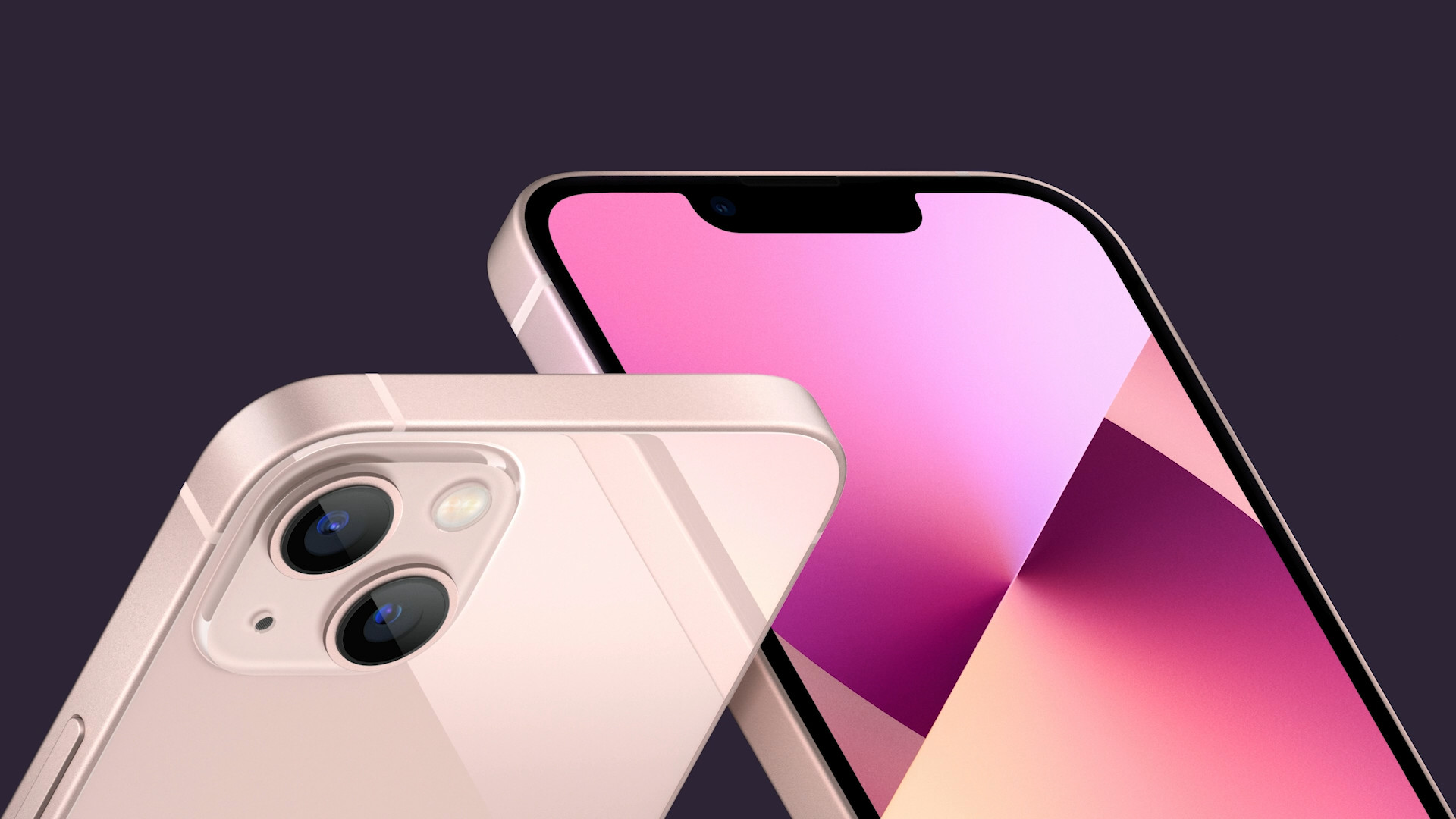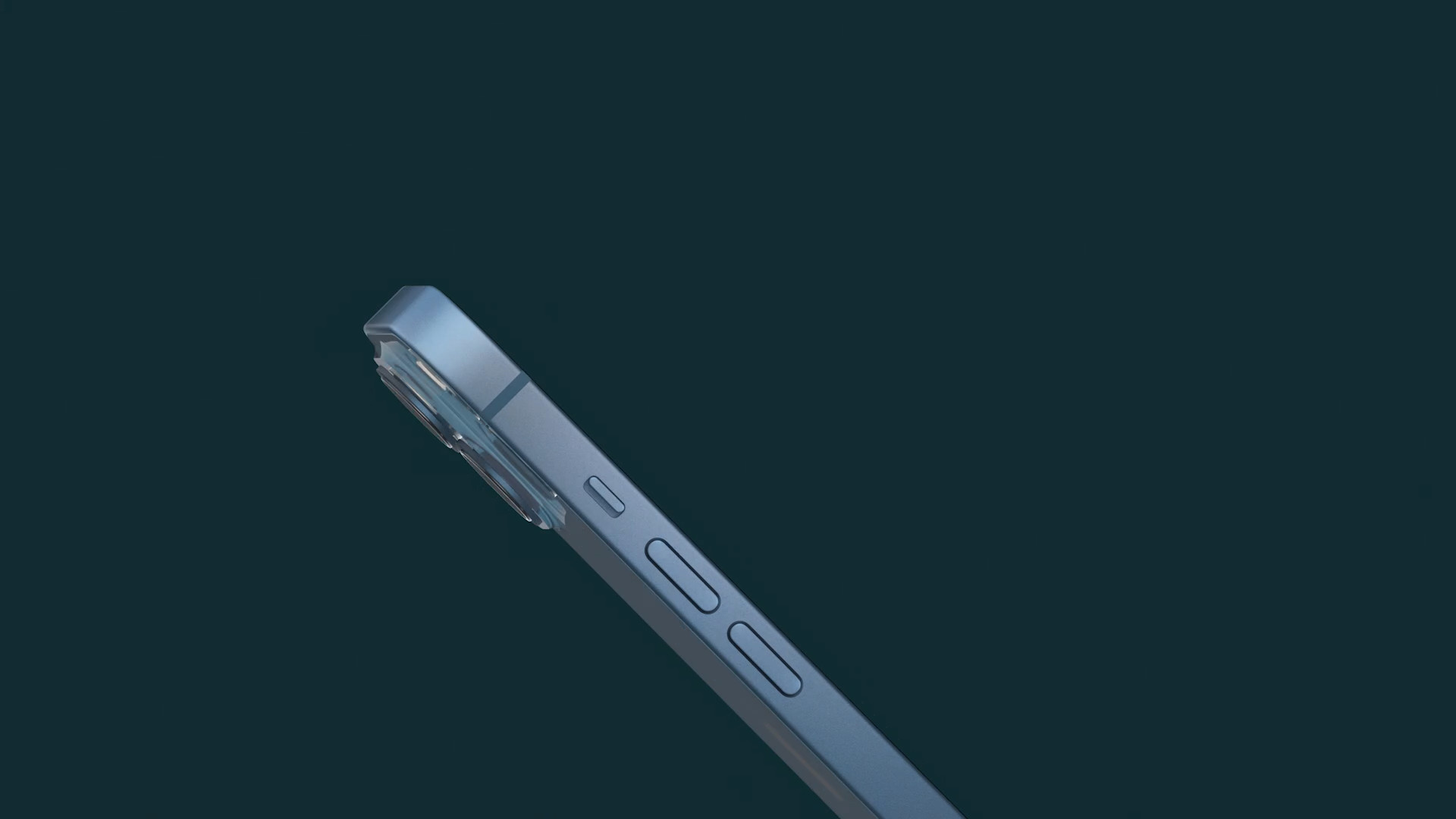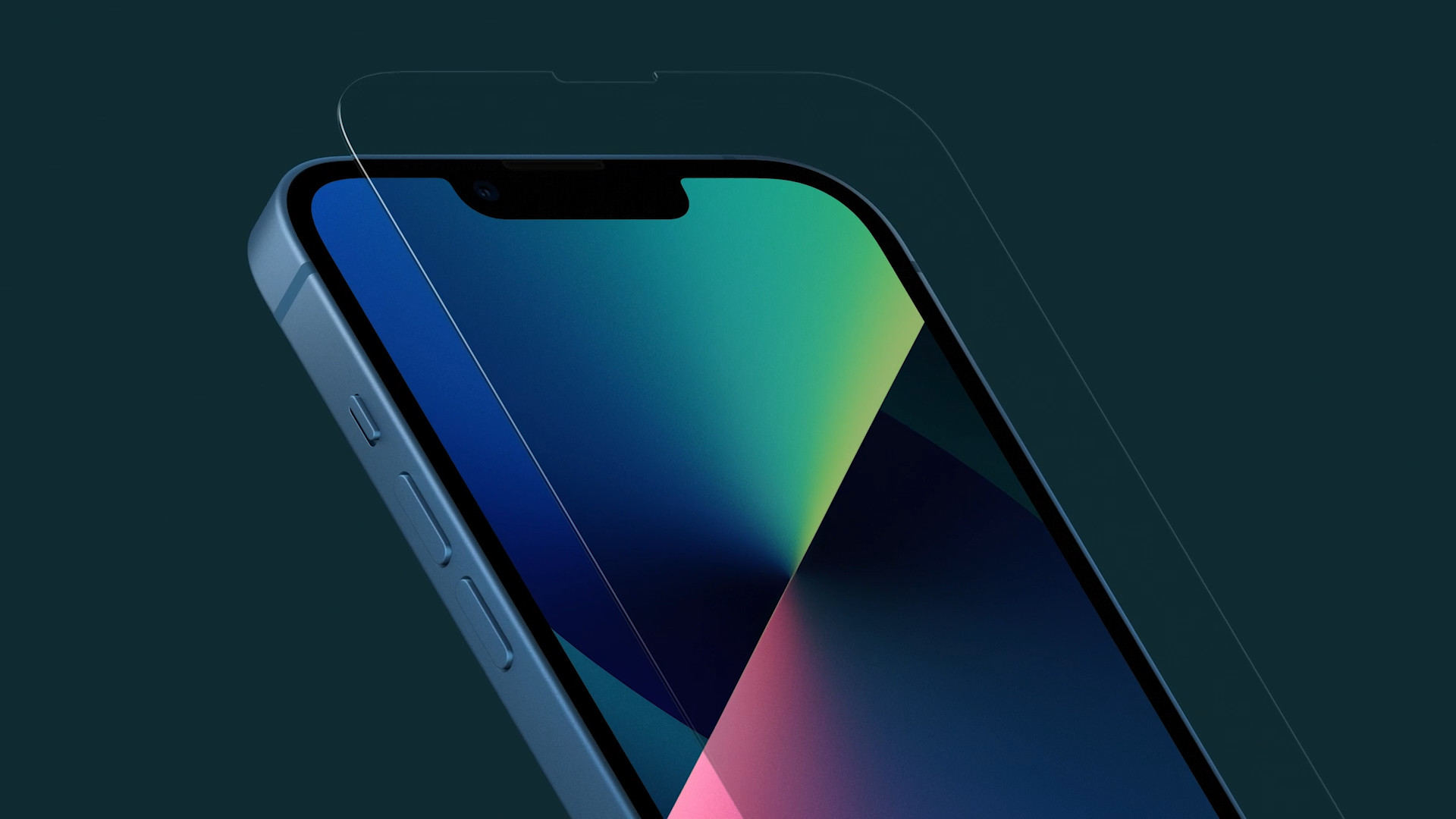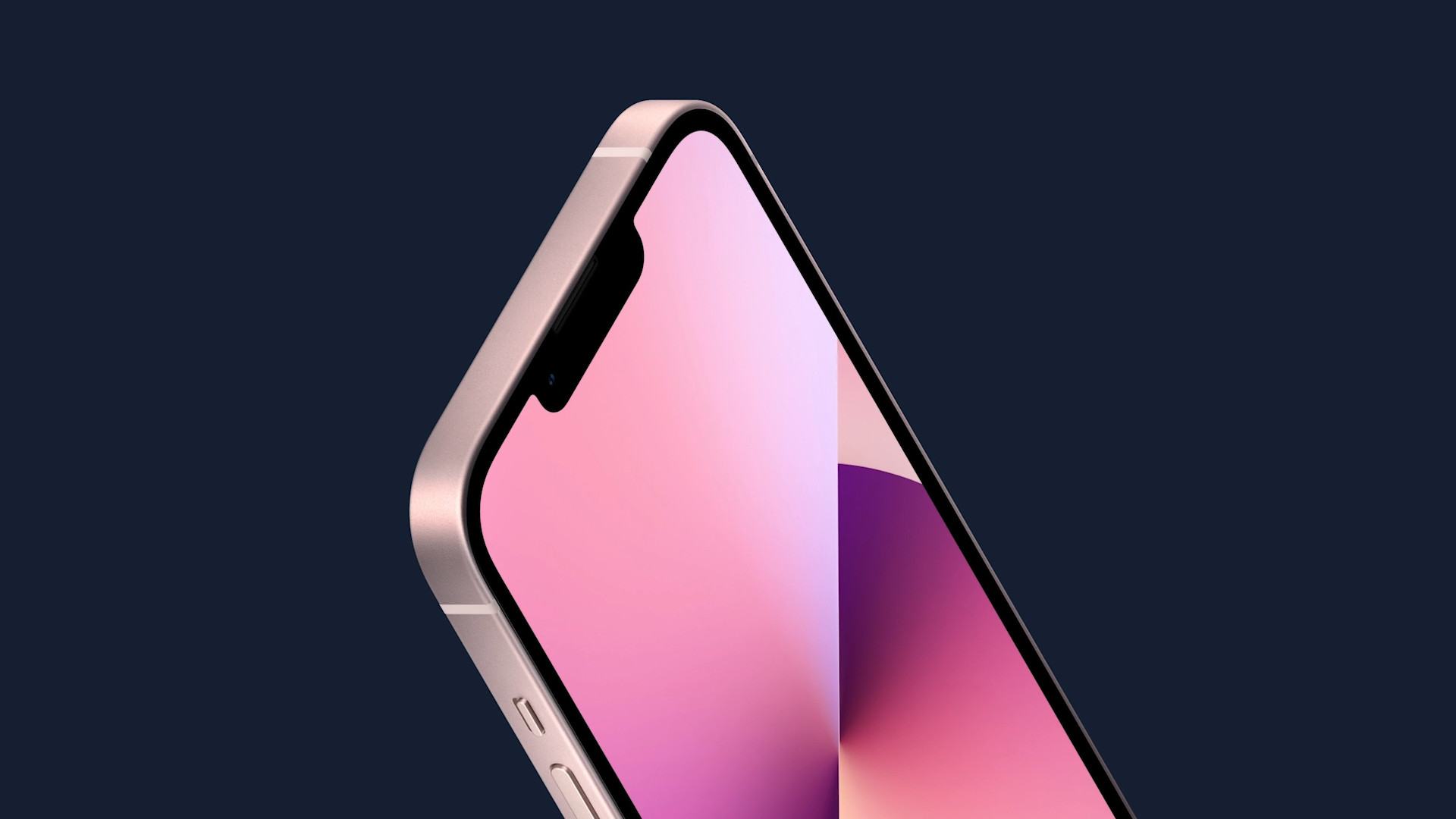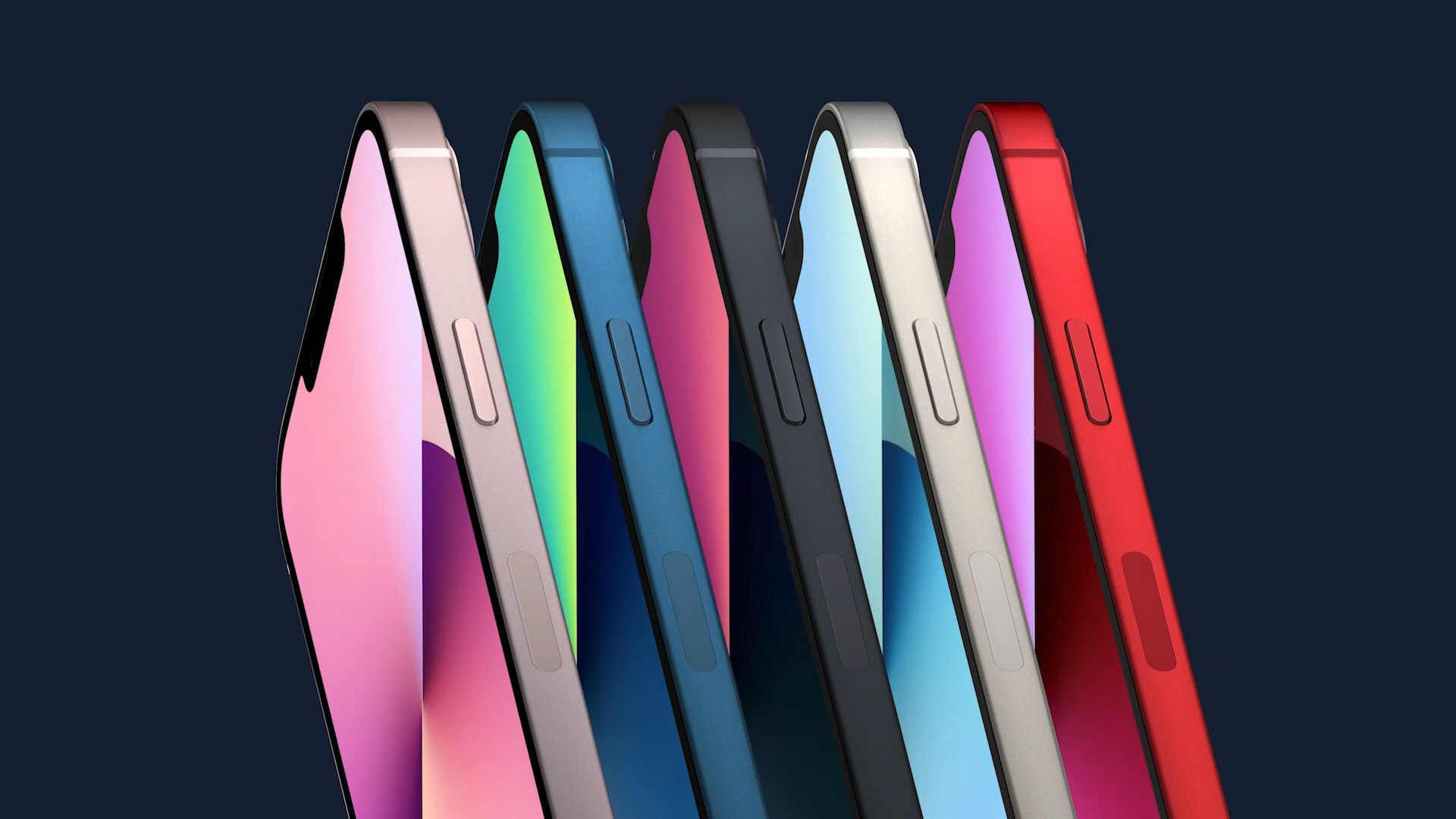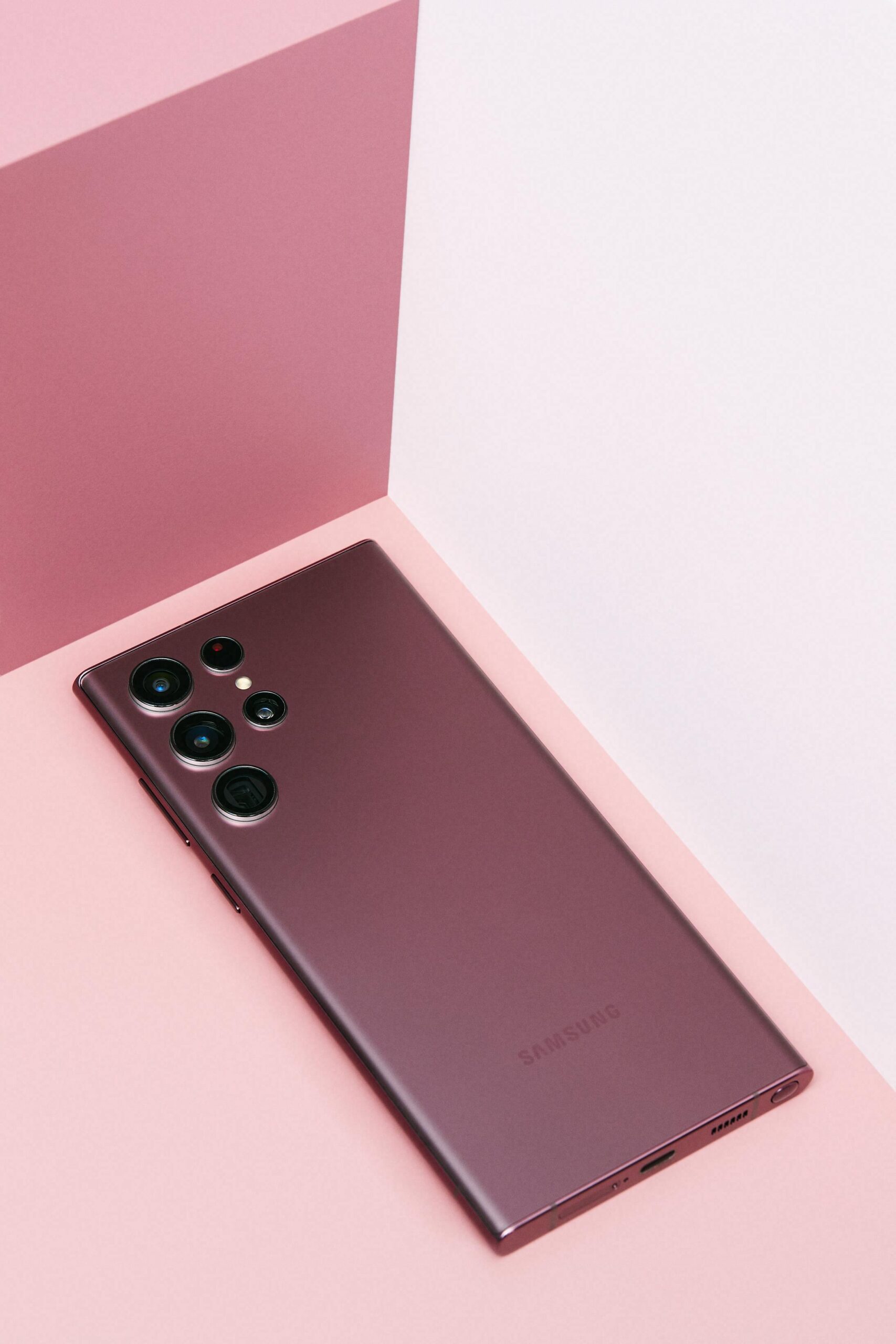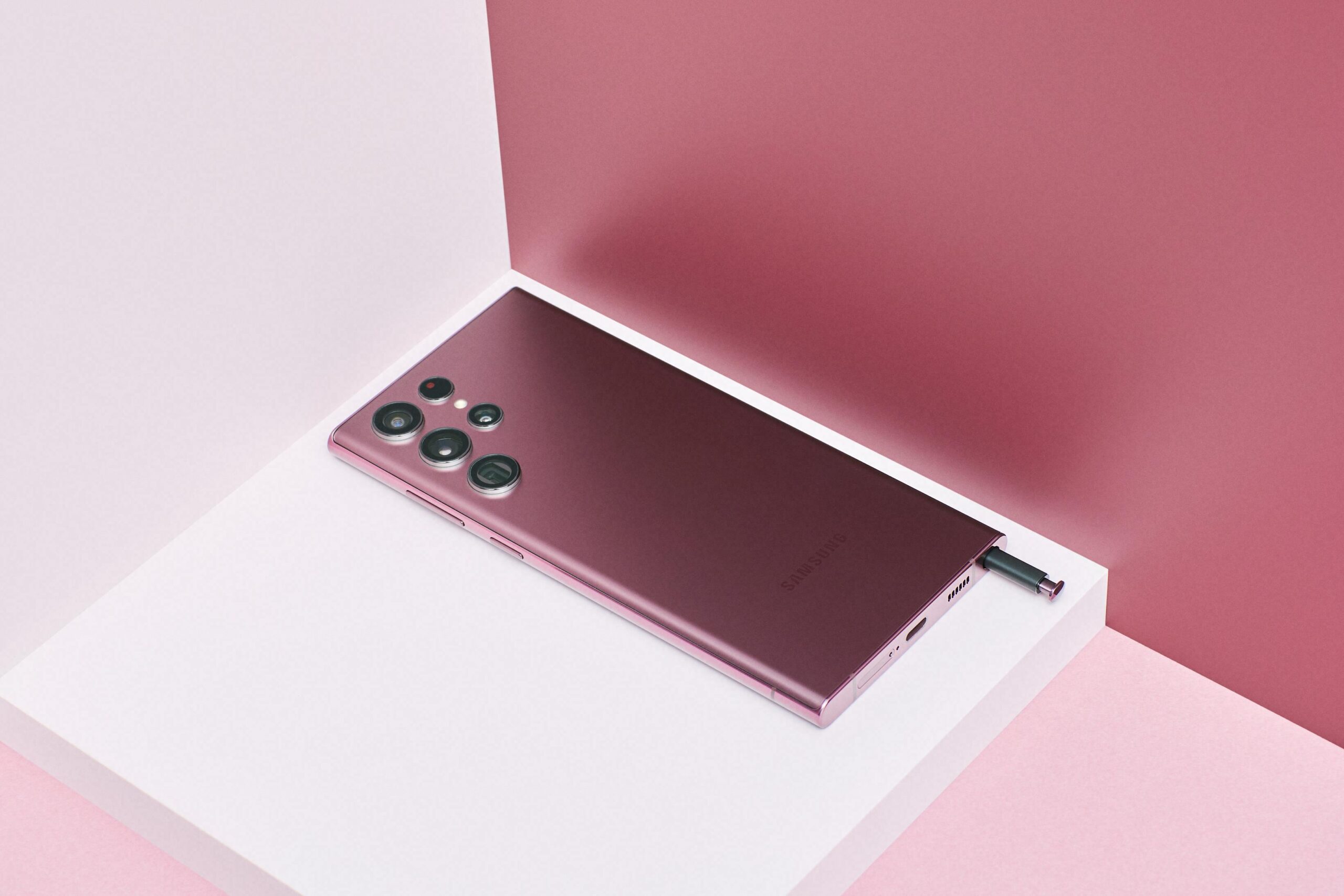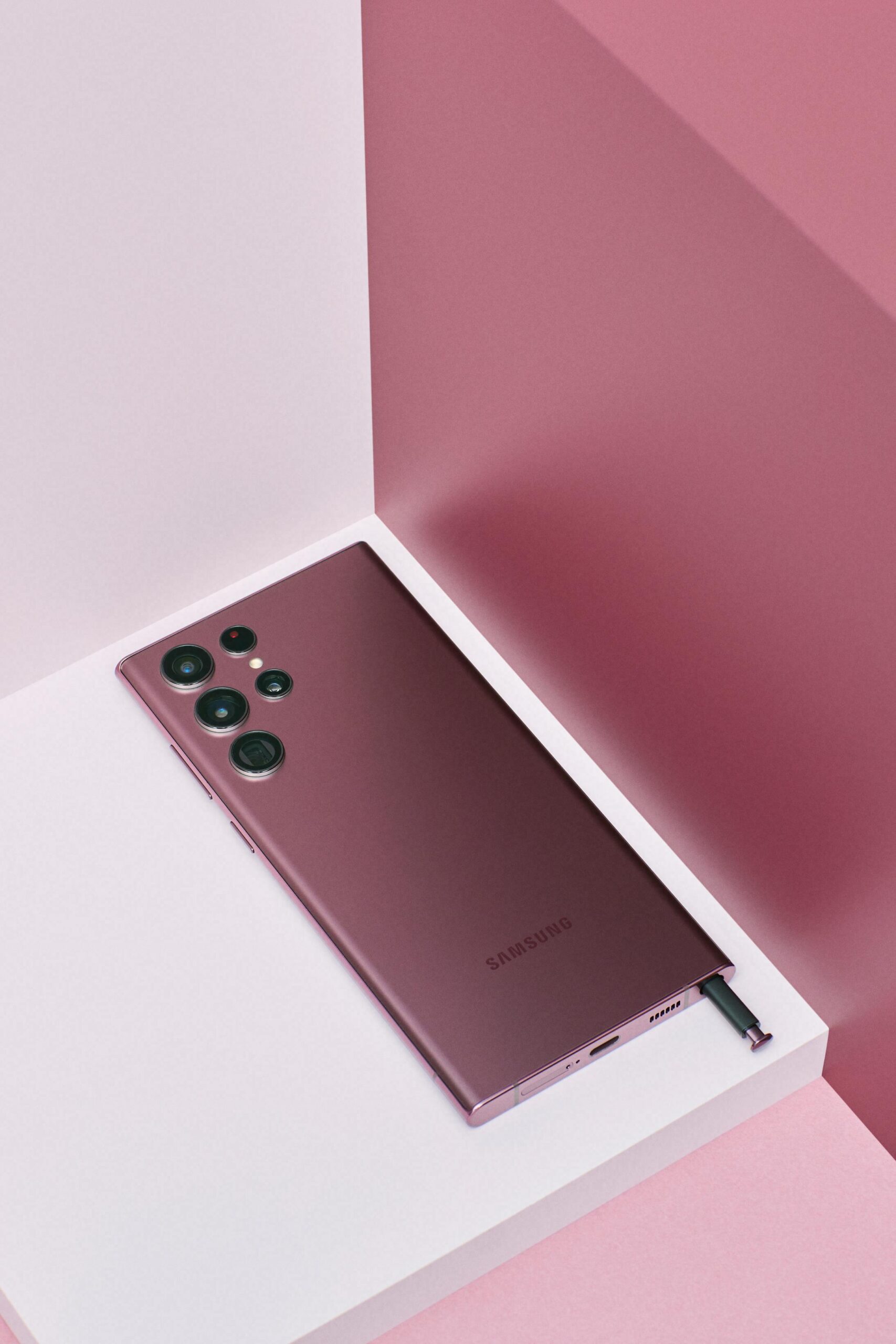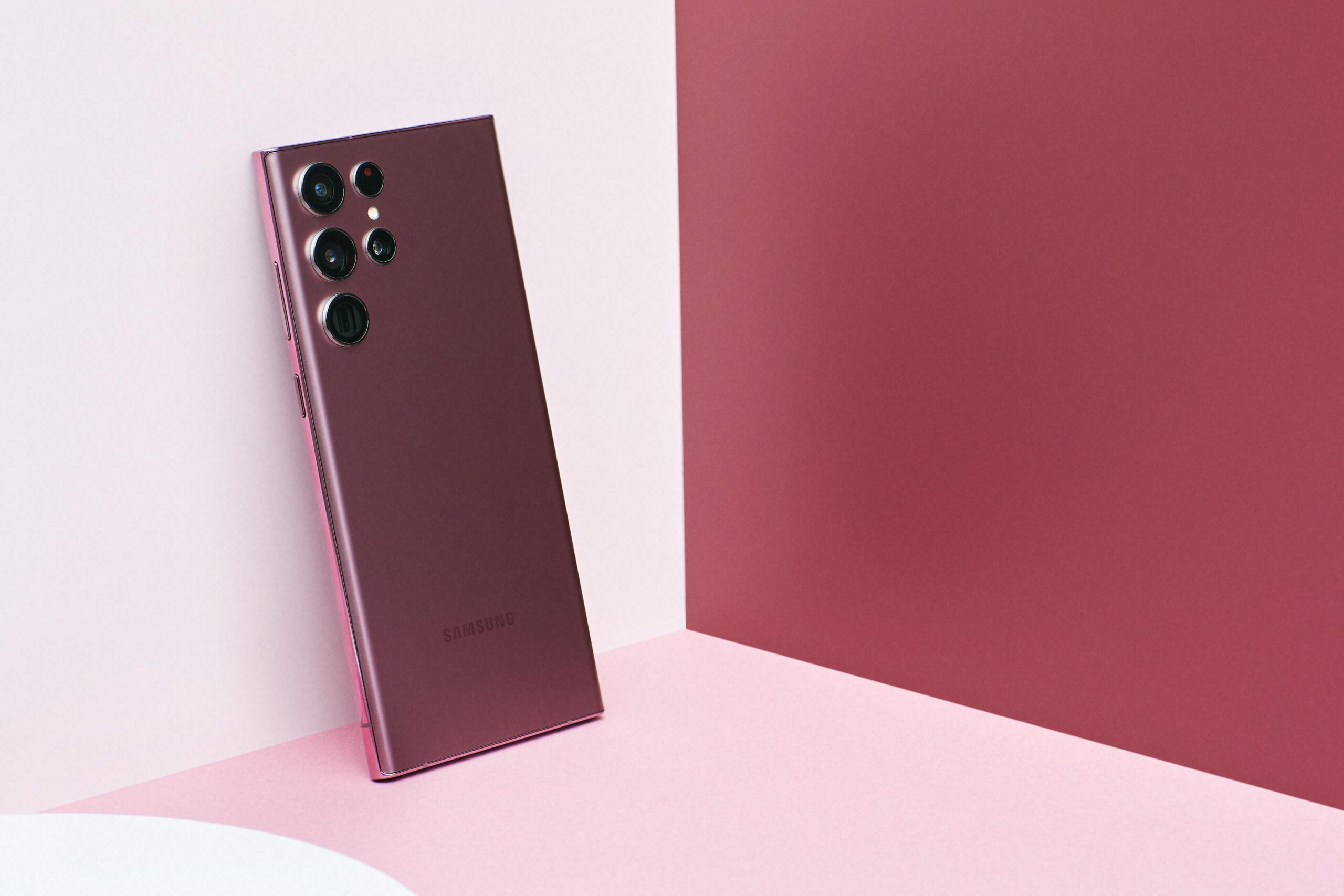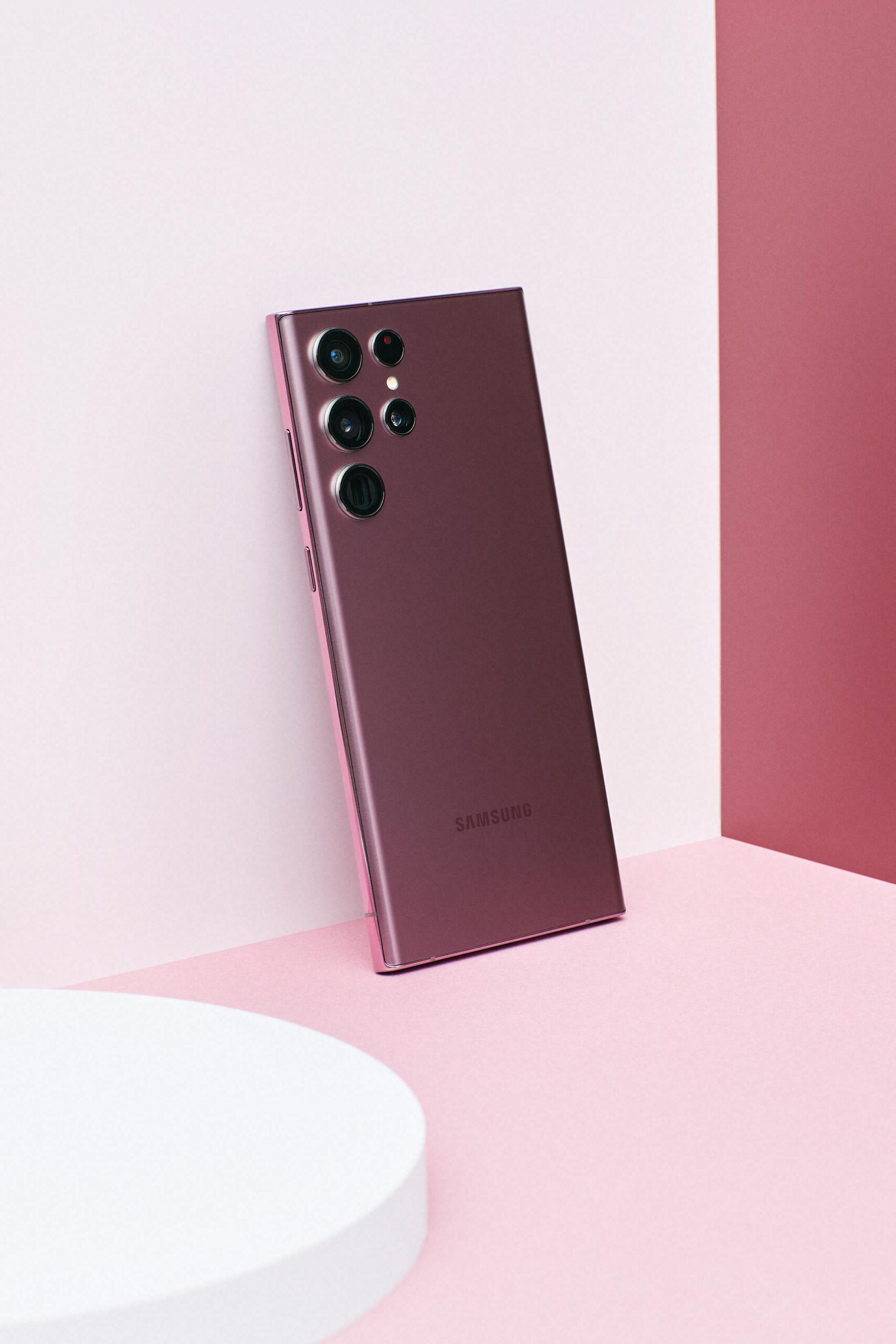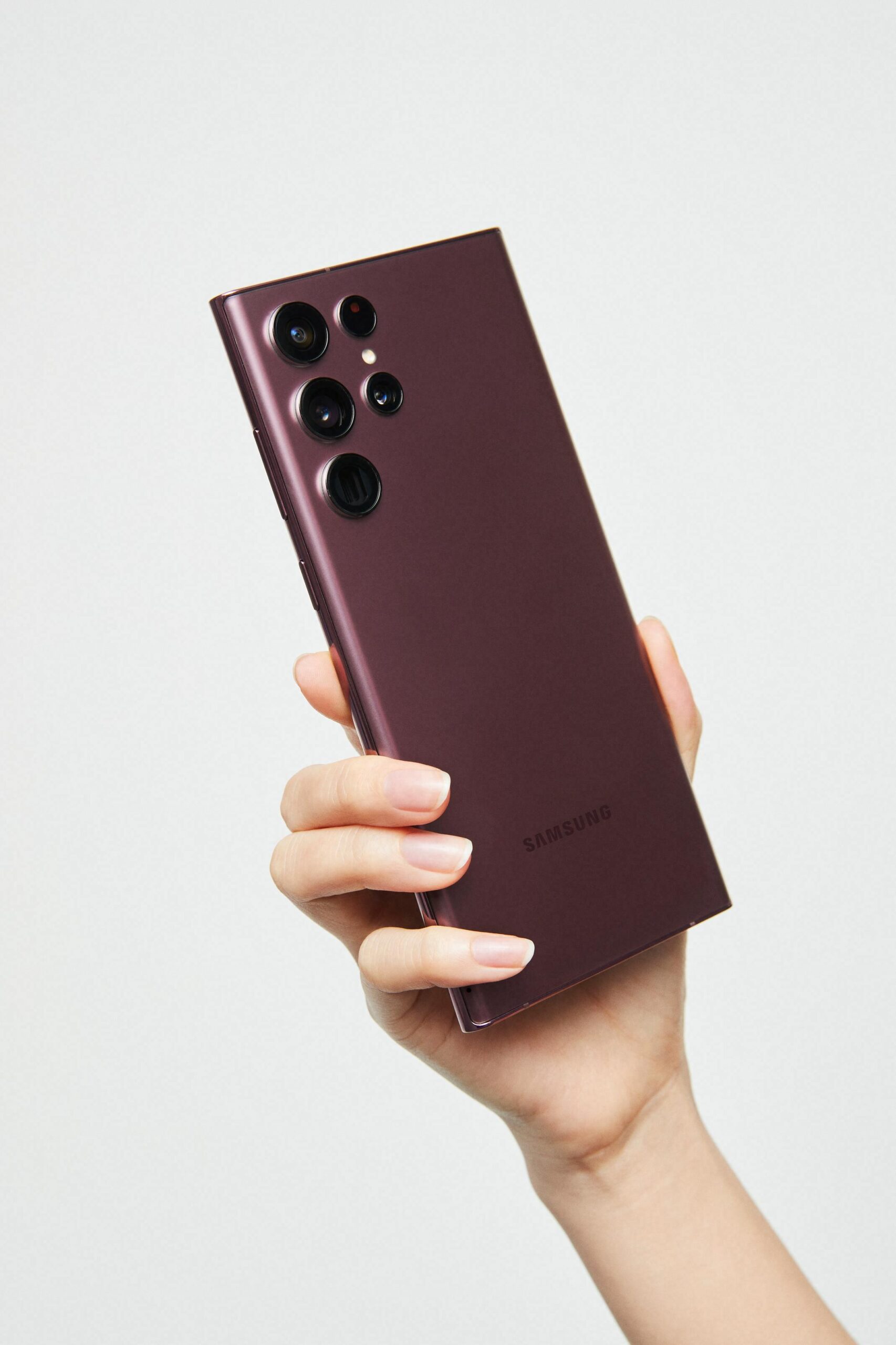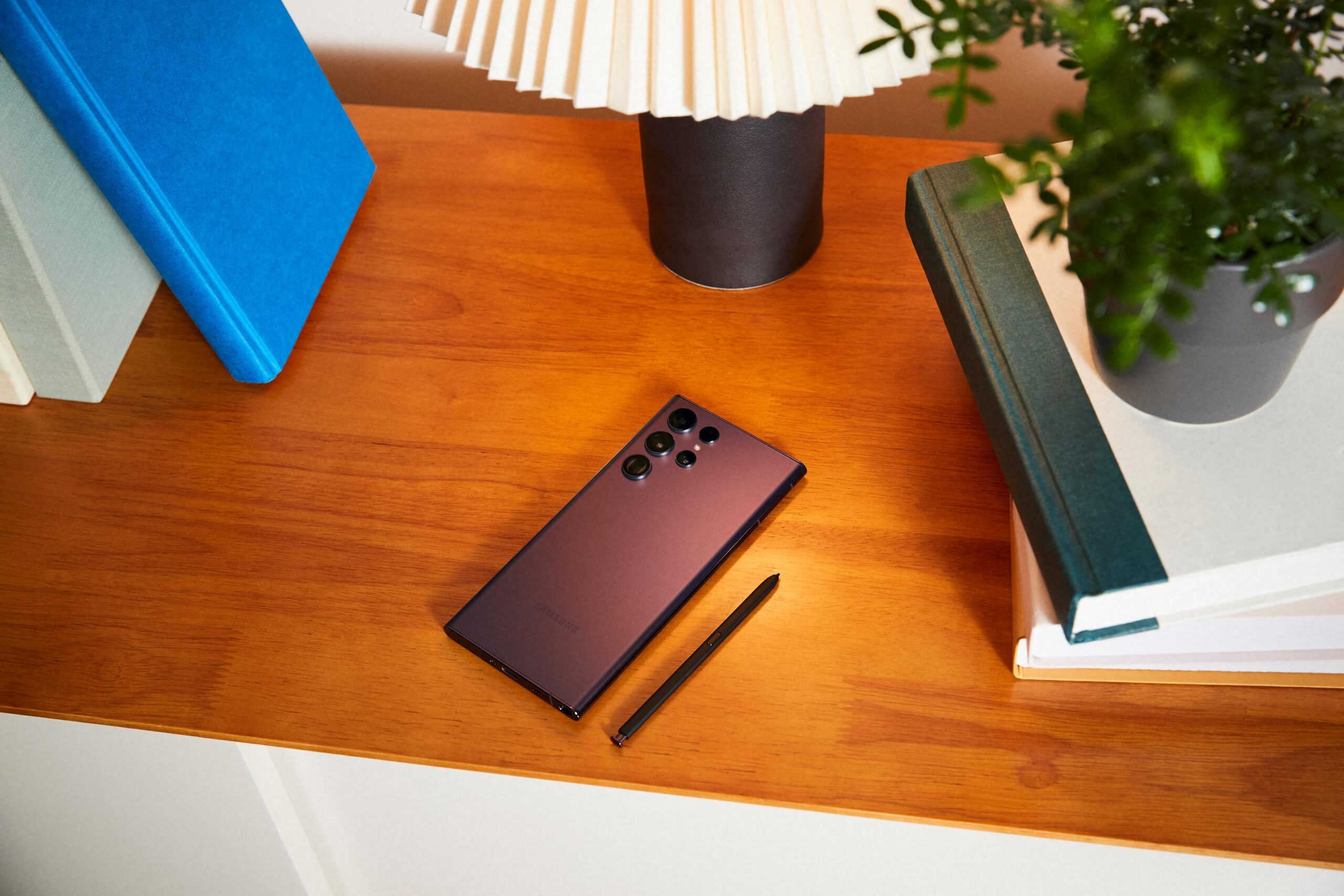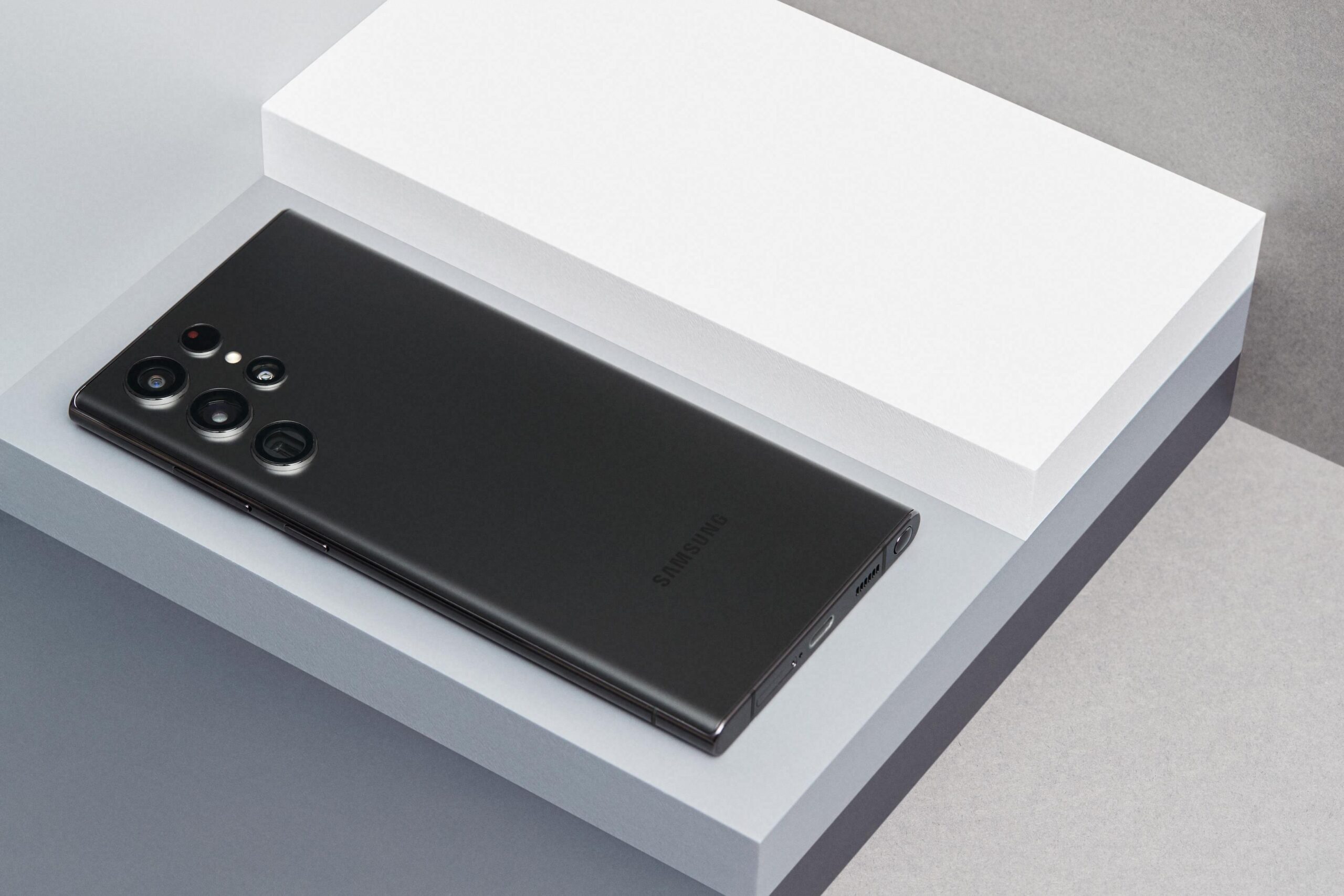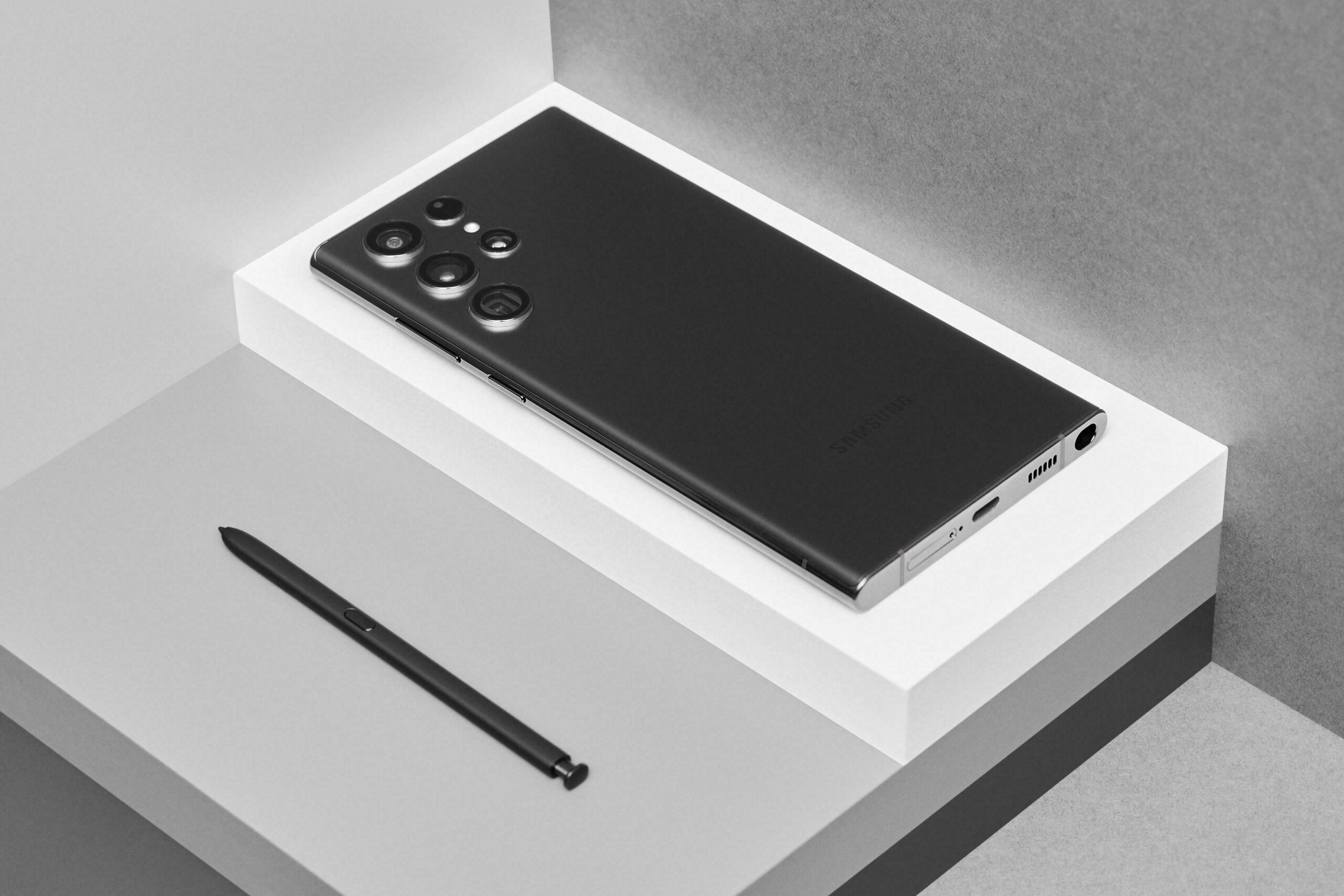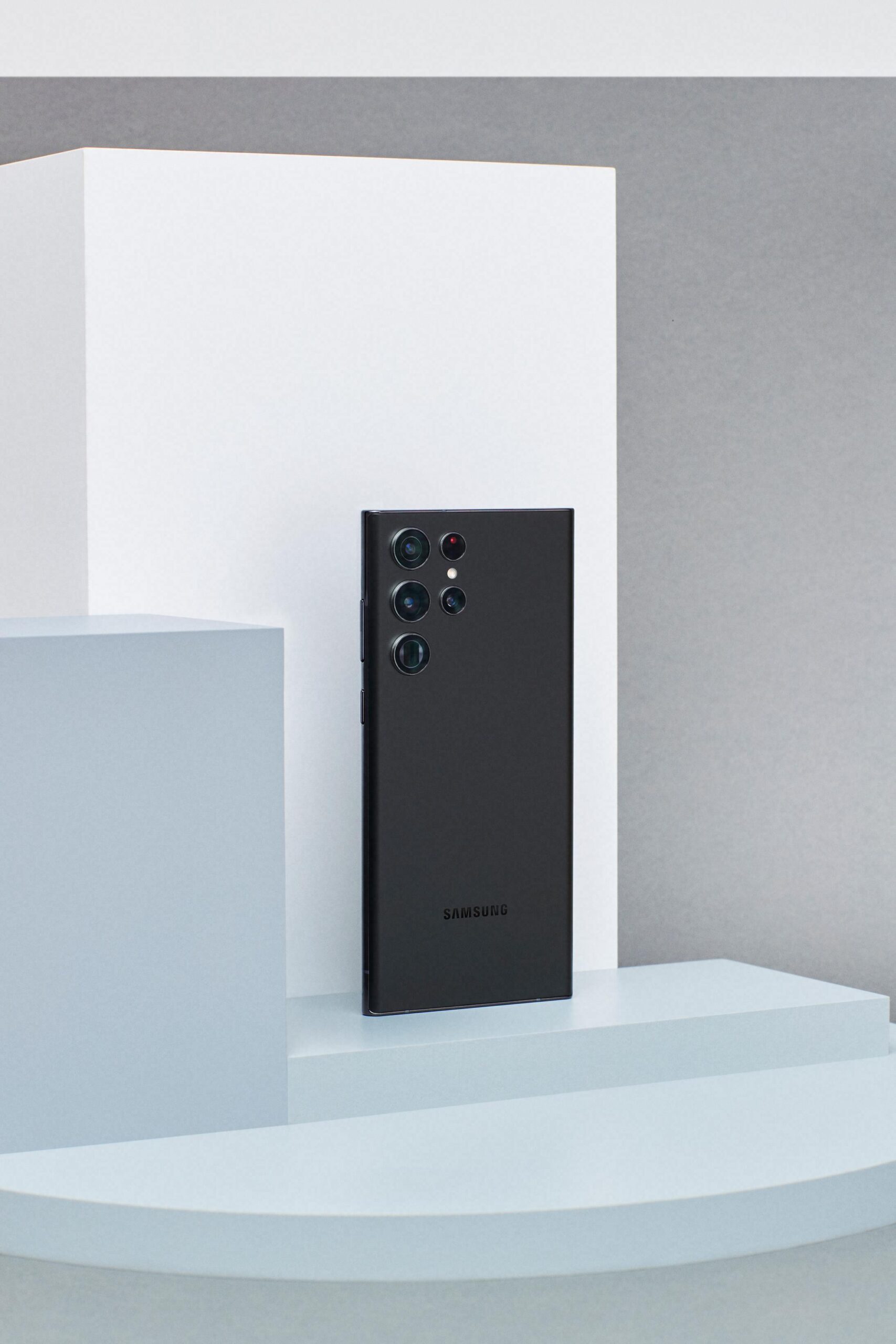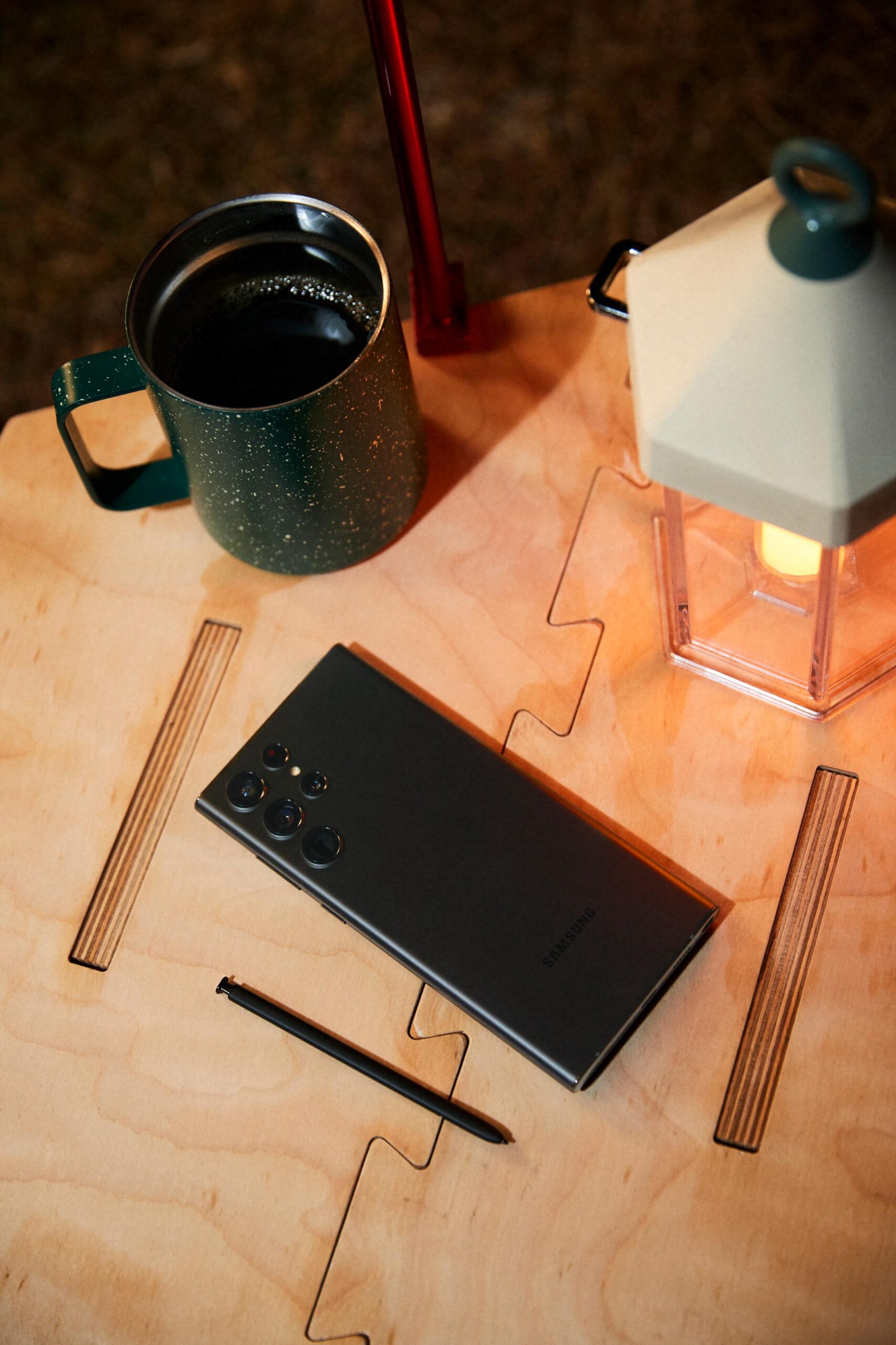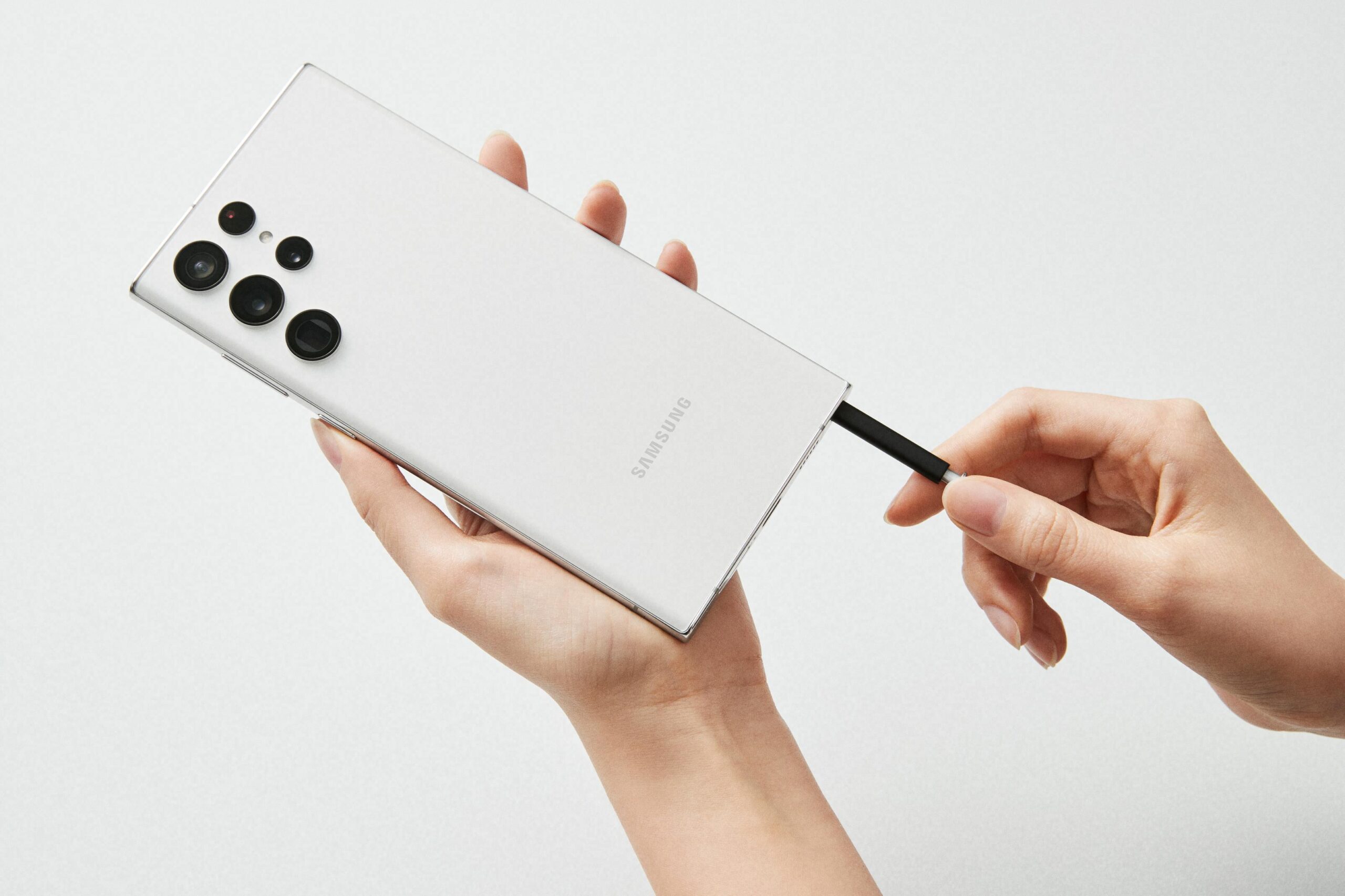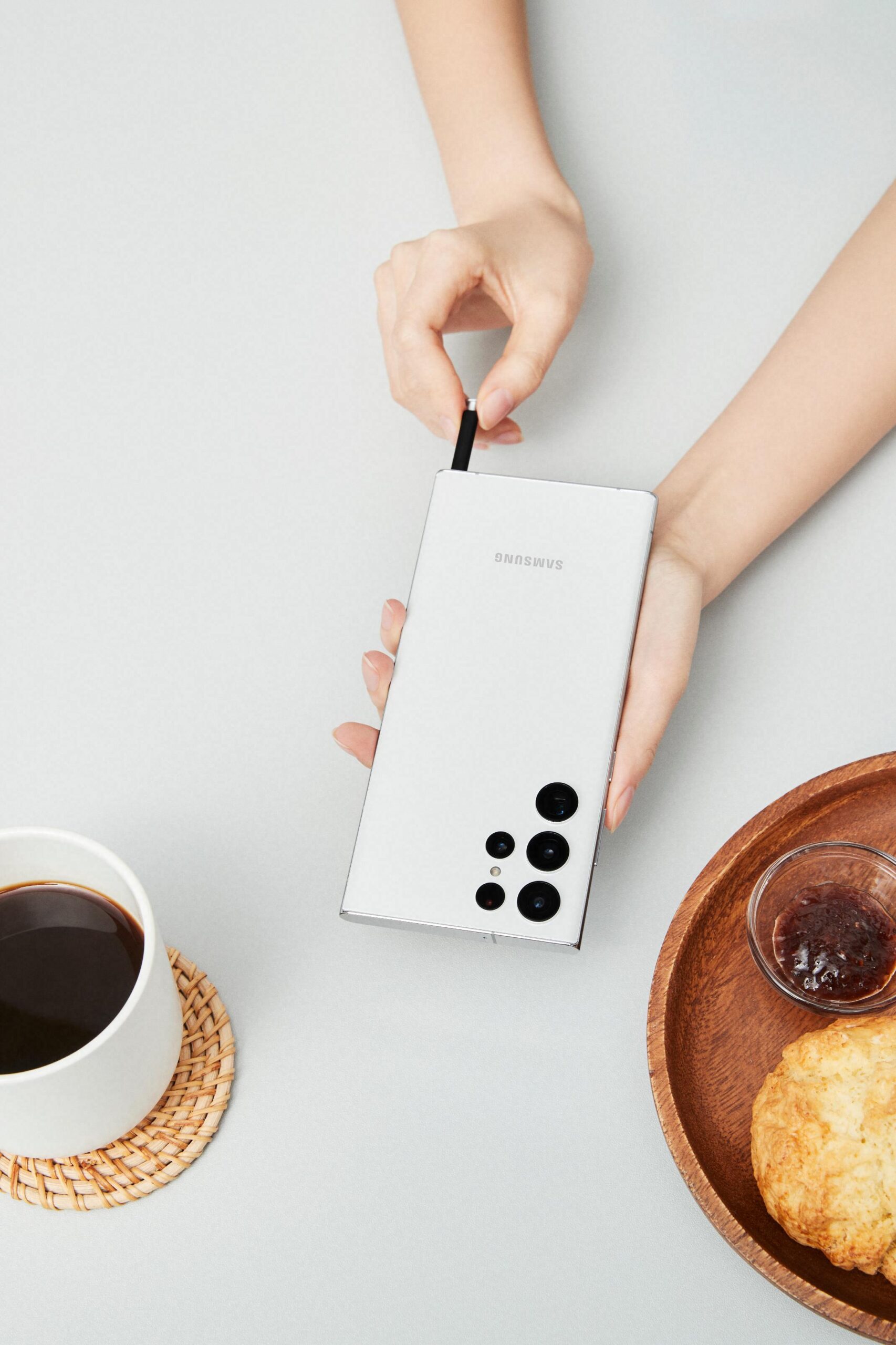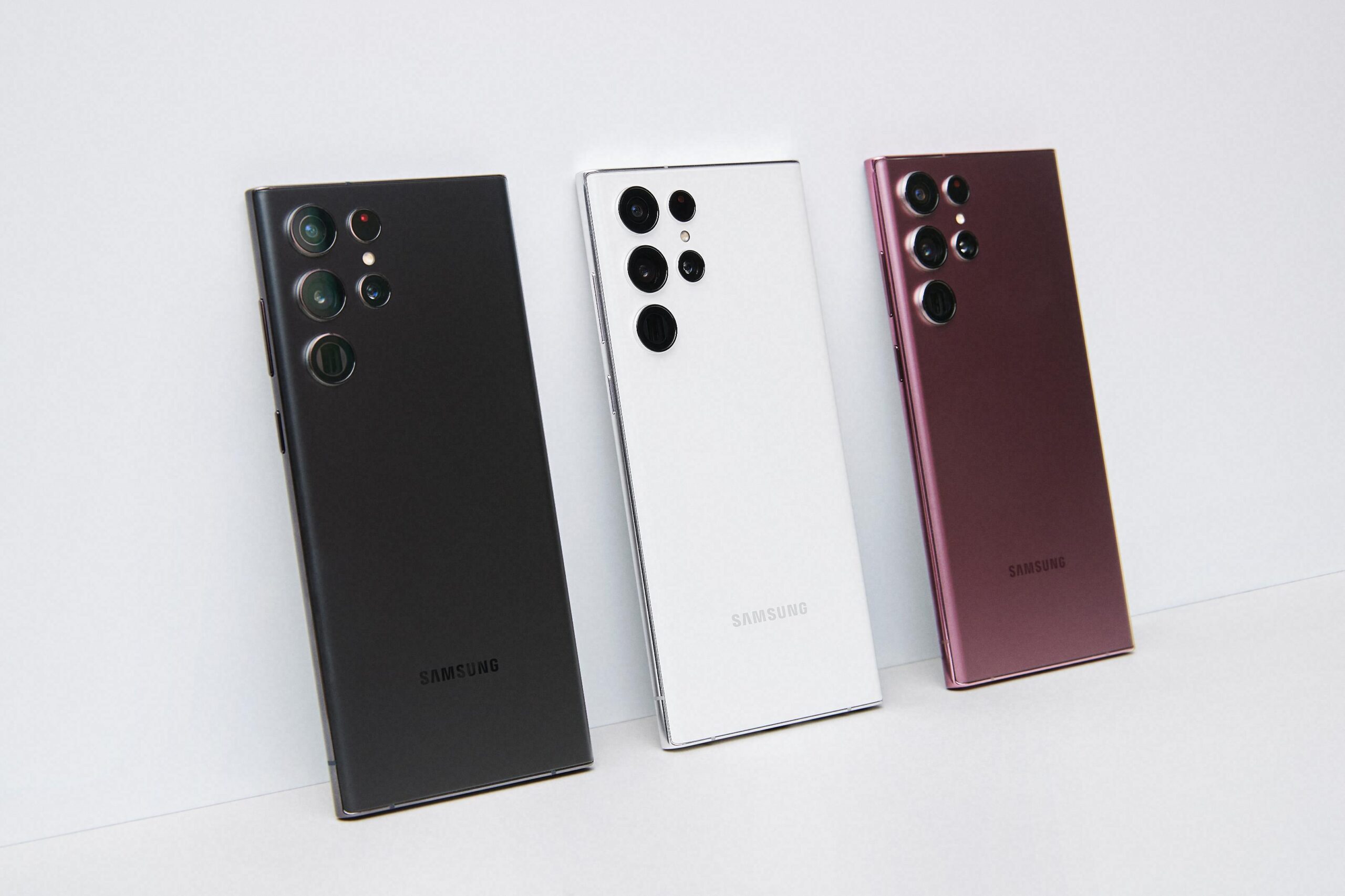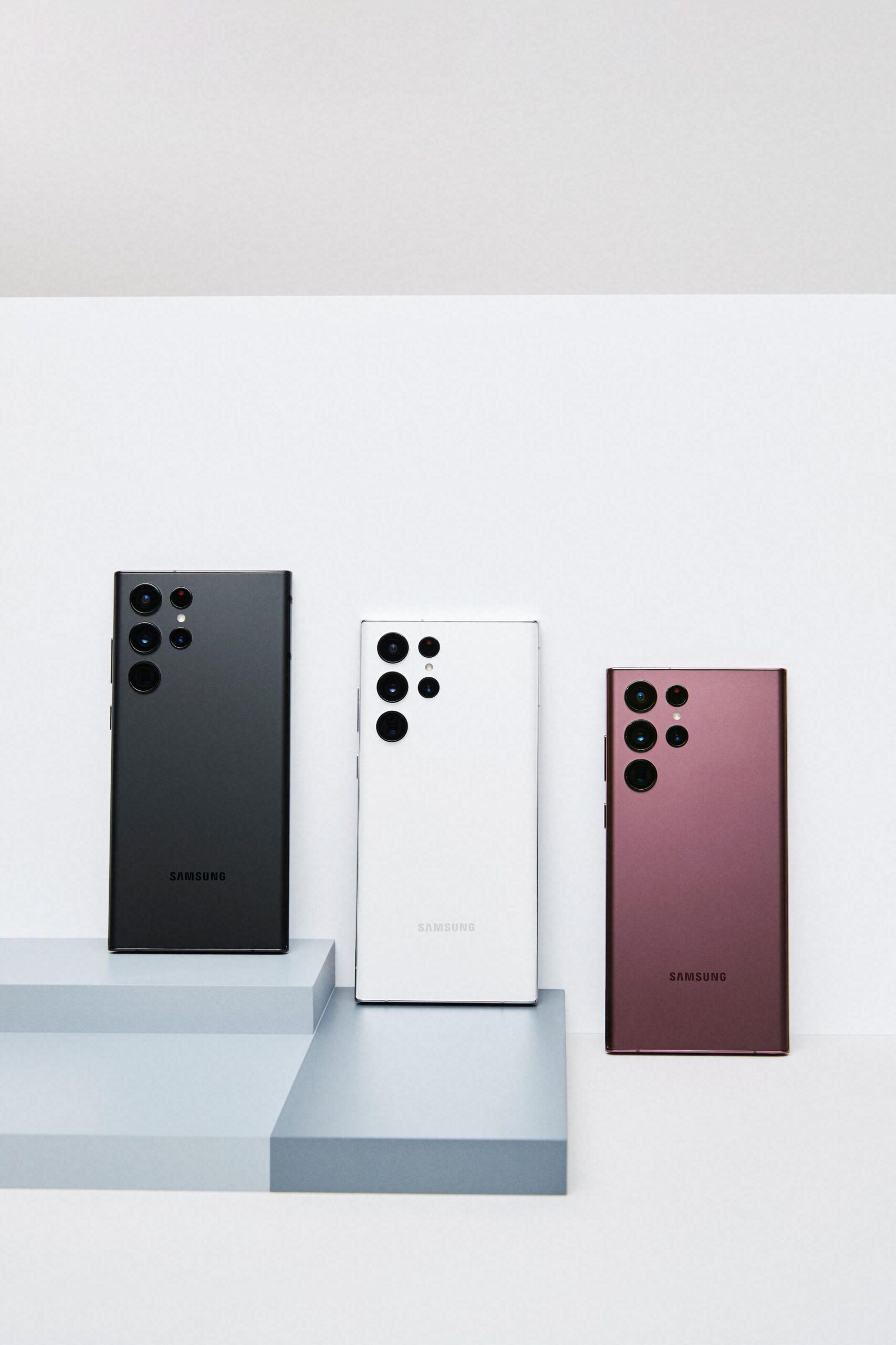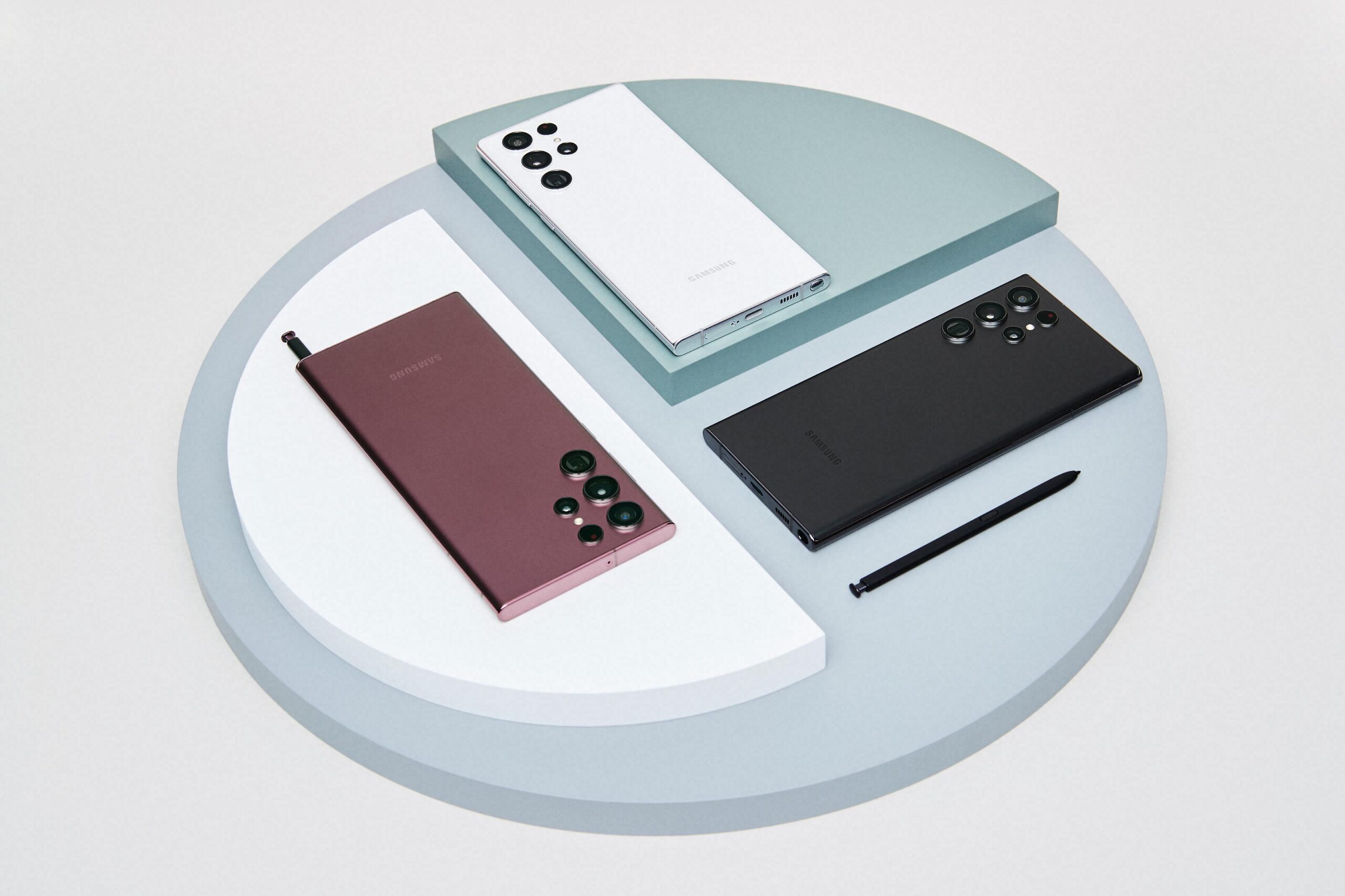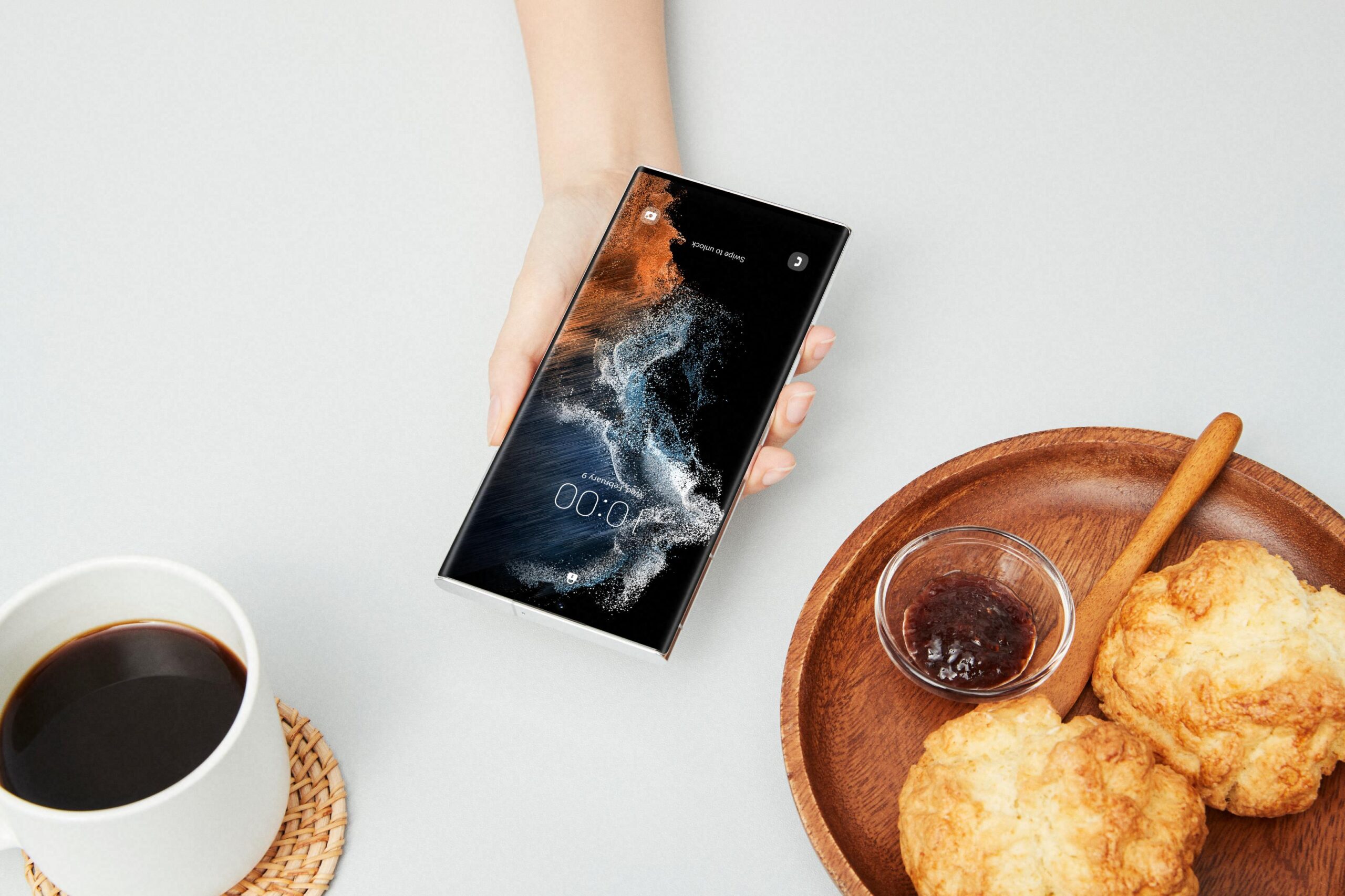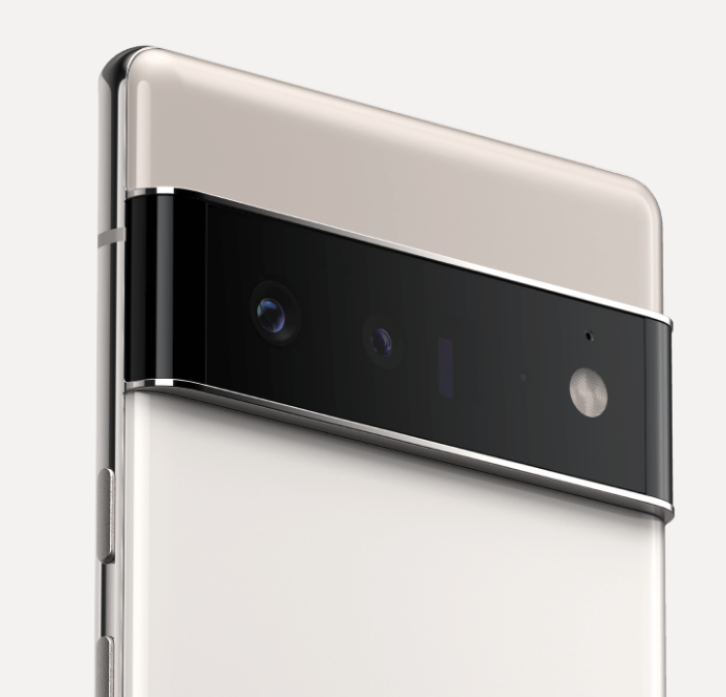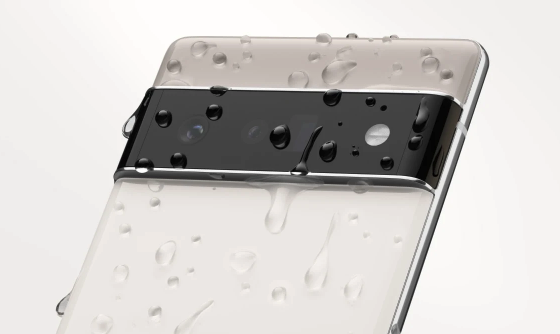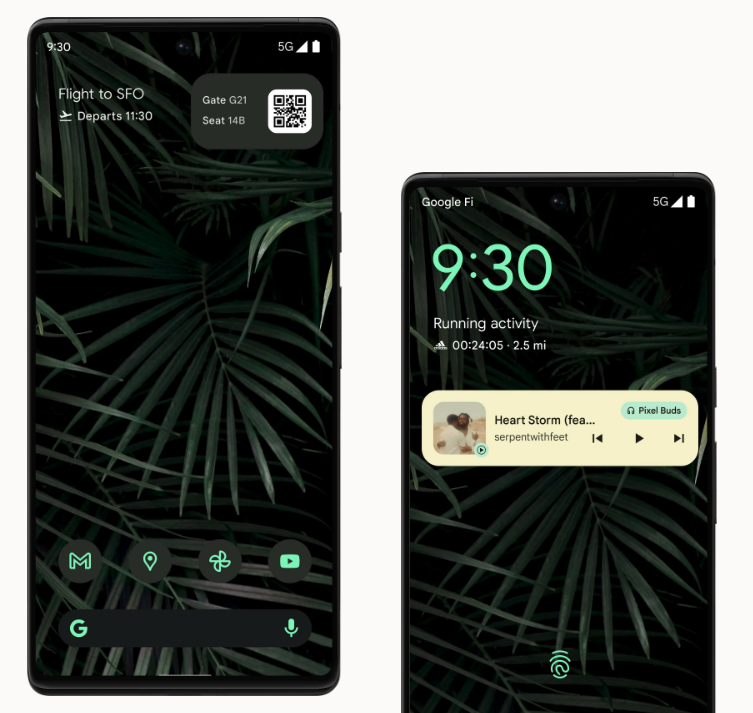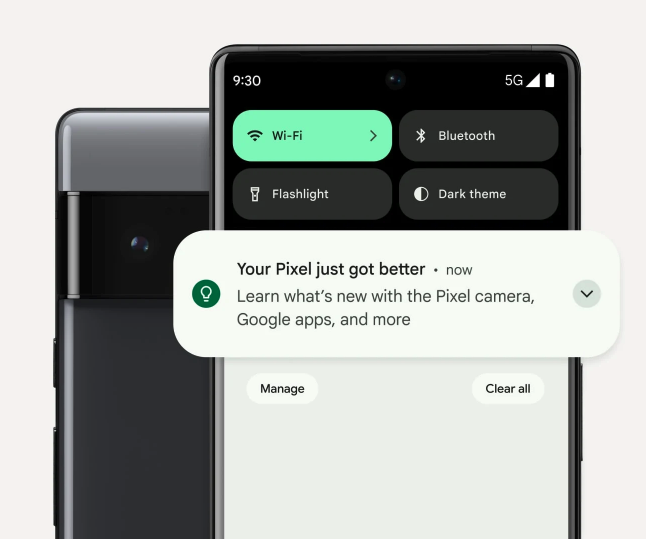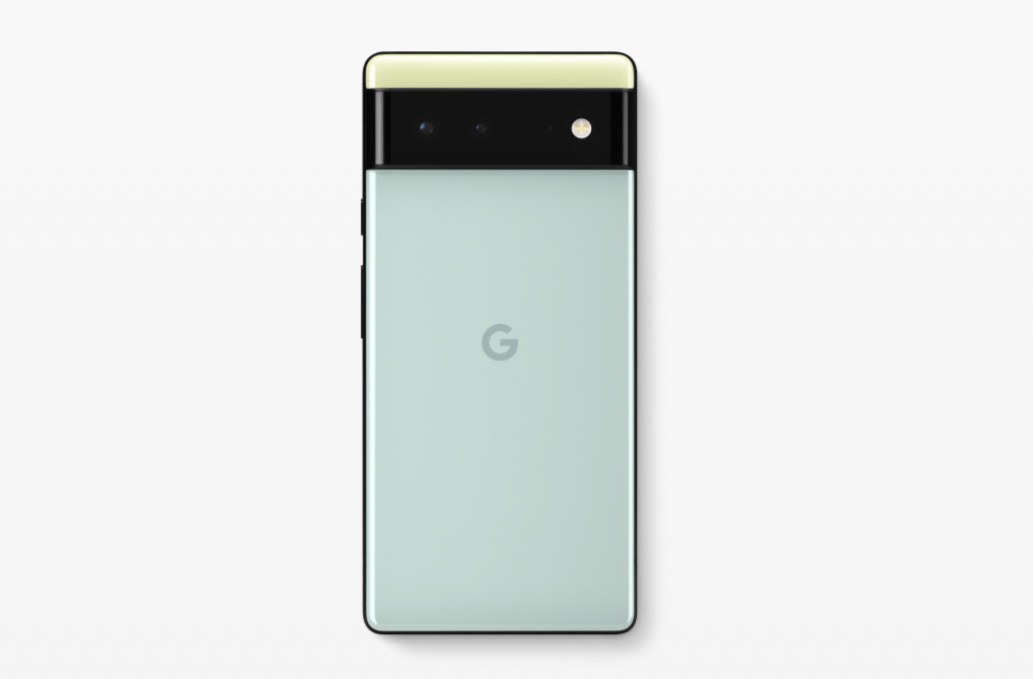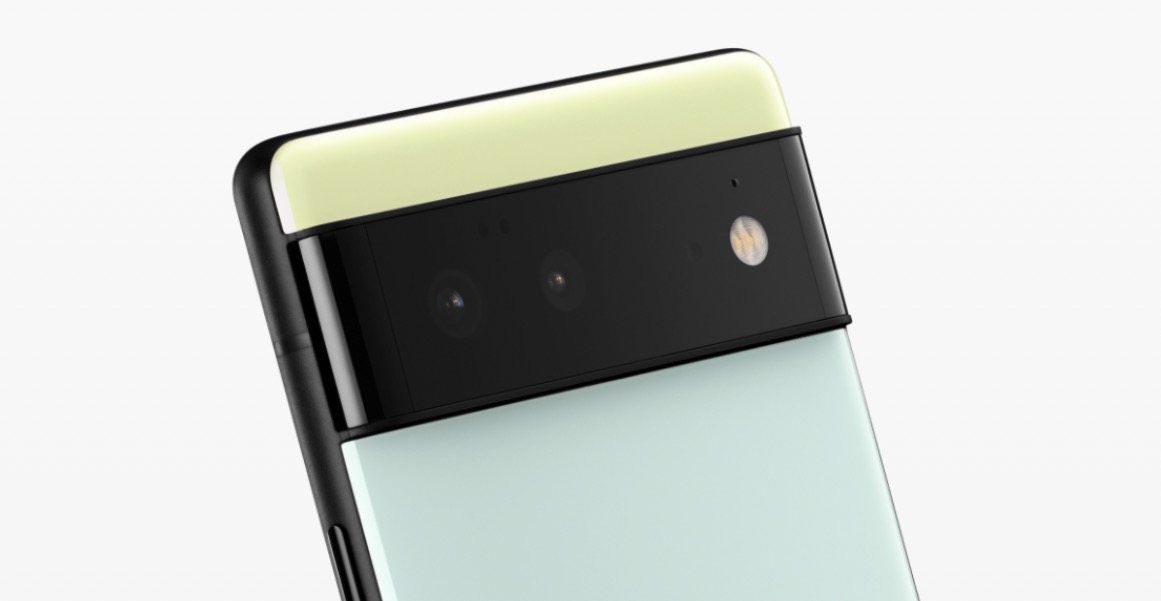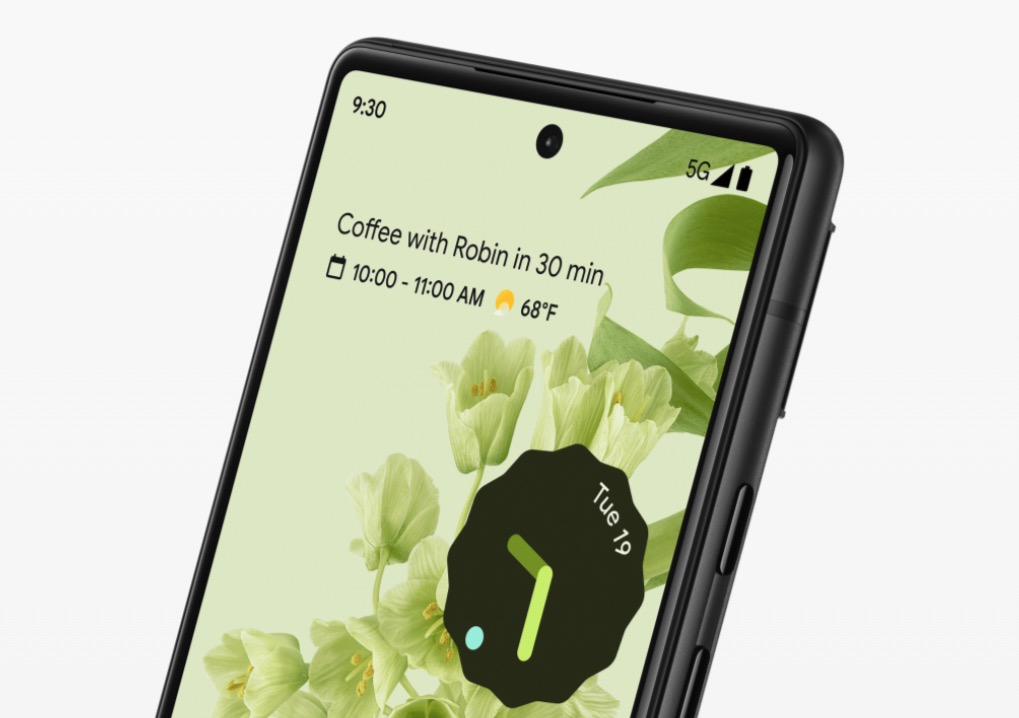Samsung has introduced a new line of its Galaxy S phones. This is the top-of-the-line portfolio, that is, the one that is meant to stand directly against the current iPhone 13 and 13 Pro. But even the most equipped Galaxy S22 Ultra cannot reach Apple's peak. But it doesn't want to just follow the numbers, because they don't have to tell everything.
Whatever performance you look at benchmarks, more or less in each you will find some model of the iPhone 13 at the top. Right behind it are devices with Android, either with Qualcomm chips, Exynos or perhaps currently the Google Pixel with its Tensor chip.
It could be interest you
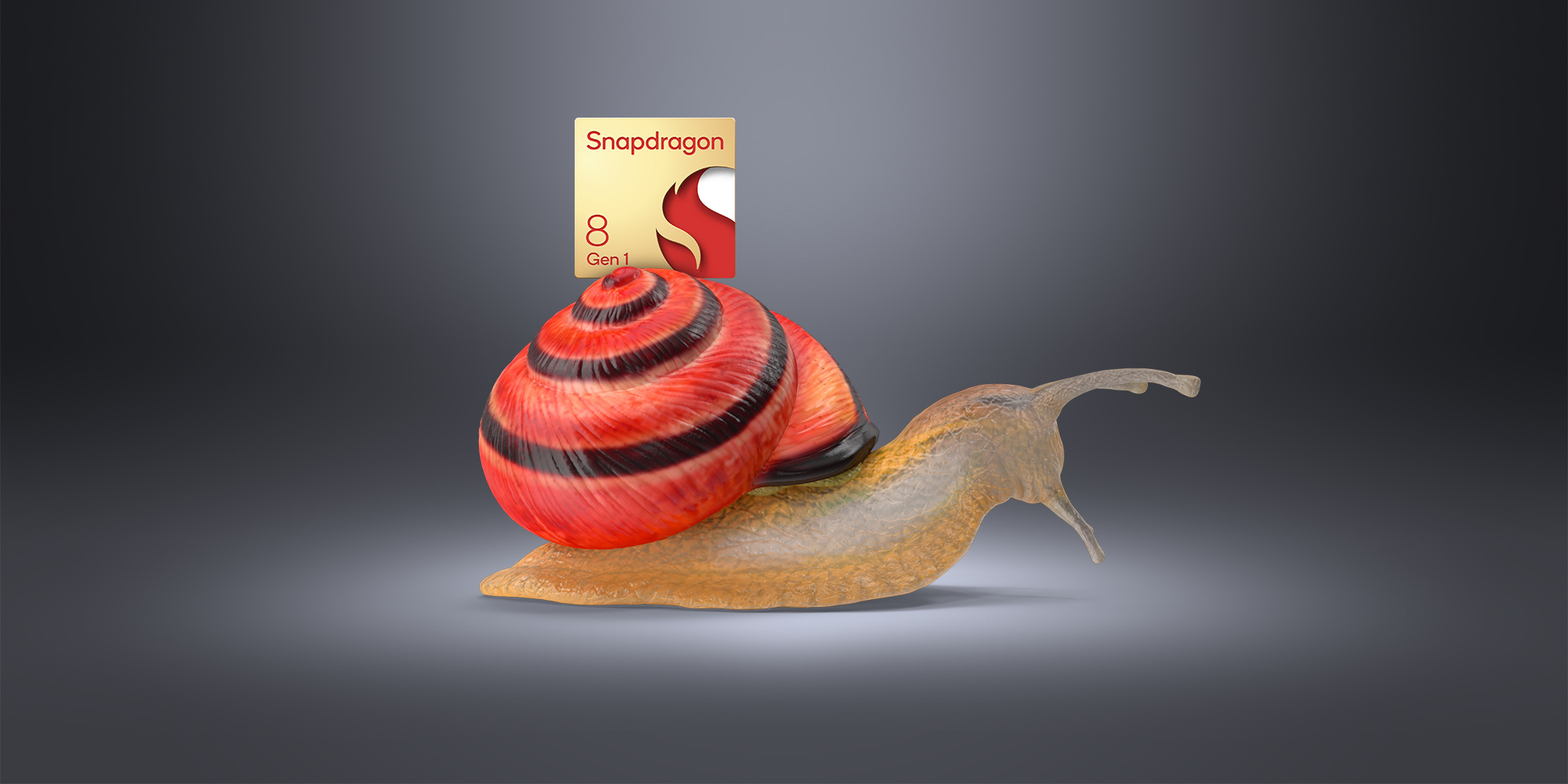
Apple has an undisputed lead
Apple designs chips that use ARM's 64-bit instruction architecture. This means they use the same basic RISC architecture as Qualcomm, Samsung, Huawei and others. The difference is that Apple owns ARM's architectural license, which allows it to design its own chips from the ground up. Apple's first proprietary 64-bit ARM chip was the A7, which was used in the iPhone 5S. It had a dual-core processor clocked at 1,4 GHz and a quad-core PowerVR G6430 GPU.
It can be said that Apple caught Qualcomm unprepared back then in 2013. Until then, both used 32-bit ARMv7 processors in mobile devices. And Qualcomm may have even led with its 32-bit SoC Snapdragon 800. It used its own Krait 400 core along with an Adreno 330 GPU. But when Apple announced a 64-bit ARMv8 processor, Qualcomm simply had nothing to pull off its sleeve. At the time, one of its managing directors even called the 64-bit A7 a marketing ploy. Of course, it didn't take long for Qualcomm to come up with its own 64-bit strategy.
It could be interest you

A closed ecosystem has its advantages
Most importantly, iOS is optimized to work perfectly with the few devices Apple develops and manufactures itself. While Android is thrown into a sea of models, types and manufacturers of smartphones, tablets and many other products in which it is used. It's then up to the OEMs to optimize the software for the hardware, and they don't always manage to do that.
Apple's closed ecosystem allows for tighter integration, so iPhones don't need super-powerful specs to compete with high-end Android phones. It's all in the optimization between hardware and software, so iPhones can easily have half the RAM of what Android offers, and they simply run faster. Apple controls production from start to finish and can also ensure more efficient use of resources. Additionally, developers have to follow a stricter process when releasing apps, not to mention not having to optimize their apps for countless different devices.
But all this does not mean that all iOS devices can outperform all Android devices. Some Android phones have truly mind-blowing performance. However, in general, iOS iPhones are faster and smoother than most Google phones if we look at the same price ranges. Although such an iPhone 13 mini can still be almost as powerful as the iPhone 15 Pro Max thanks to the A13 Bionic chip used, and that is a difference of 12 thousand CZK.
It could be interest you
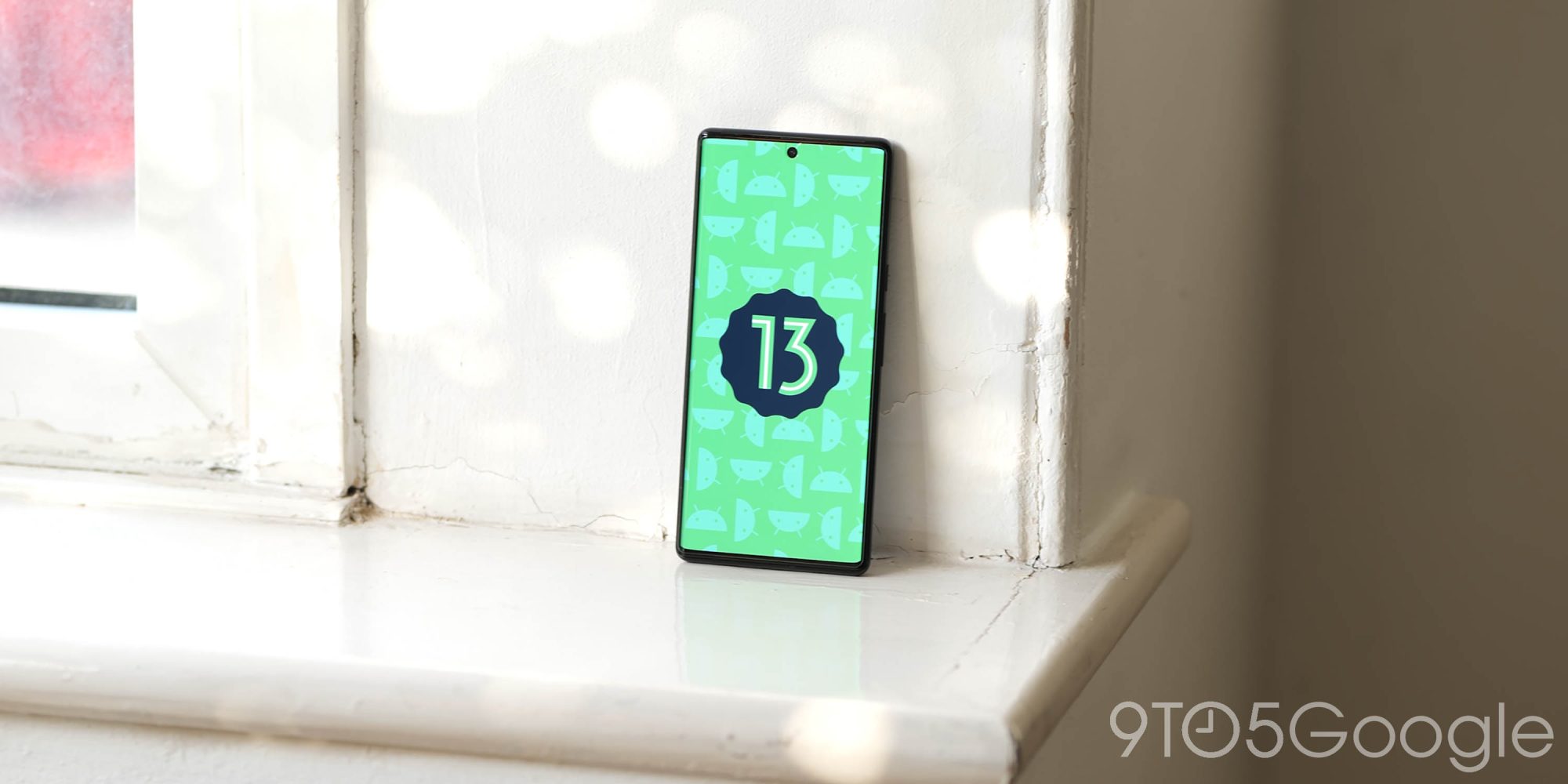
Numbers are just numbers
So there is a difference if we compare iPhones with Samsungs, Honors, Realme, Xiaomi, Oppo and other companies. But that doesn't mean it shouldn't change. In the case of Samsung, probably not anymore, but there is Google and its Tensor chip. If Google makes its own phone, its own system and now its own chip, it is the same situation as Apple with its iPhones, iOS and A-series chips. But since Google only showed us the first generation of its chip, we could not expect who knows what defying Apple's years of experience. However, what was not last year, may well be this year.)
Unfortunately, even Samsung tried hard with its Exynos chipset, but decided that it was too much for it after all. This year's Exynos 2200, which is currently used in the Galaxy S22 series for the European market, is still his, but with the contribution of others, namely AMD. So it cannot be said that it is in the same "league" as Apple and Google. Then, of course, there is Android, albeit with its own One UI superstructure.
Numbers are therefore only one thing, and their amount does not necessarily have to decide everything. It is also necessary to add to the test results the fact that we all use our devices differently, so often it does not have to depend so much on the performance. In addition, as can be seen recently, even if manufacturers compete as much as they can in terms of the performance of their devices, in the end many users may not even appreciate it in any way. Of course, we mean not only absence of AAA games on mobile platforms, but also that the players are not even interested in them.
It could be interest you

 Samsung Magazine
Samsung Magazine 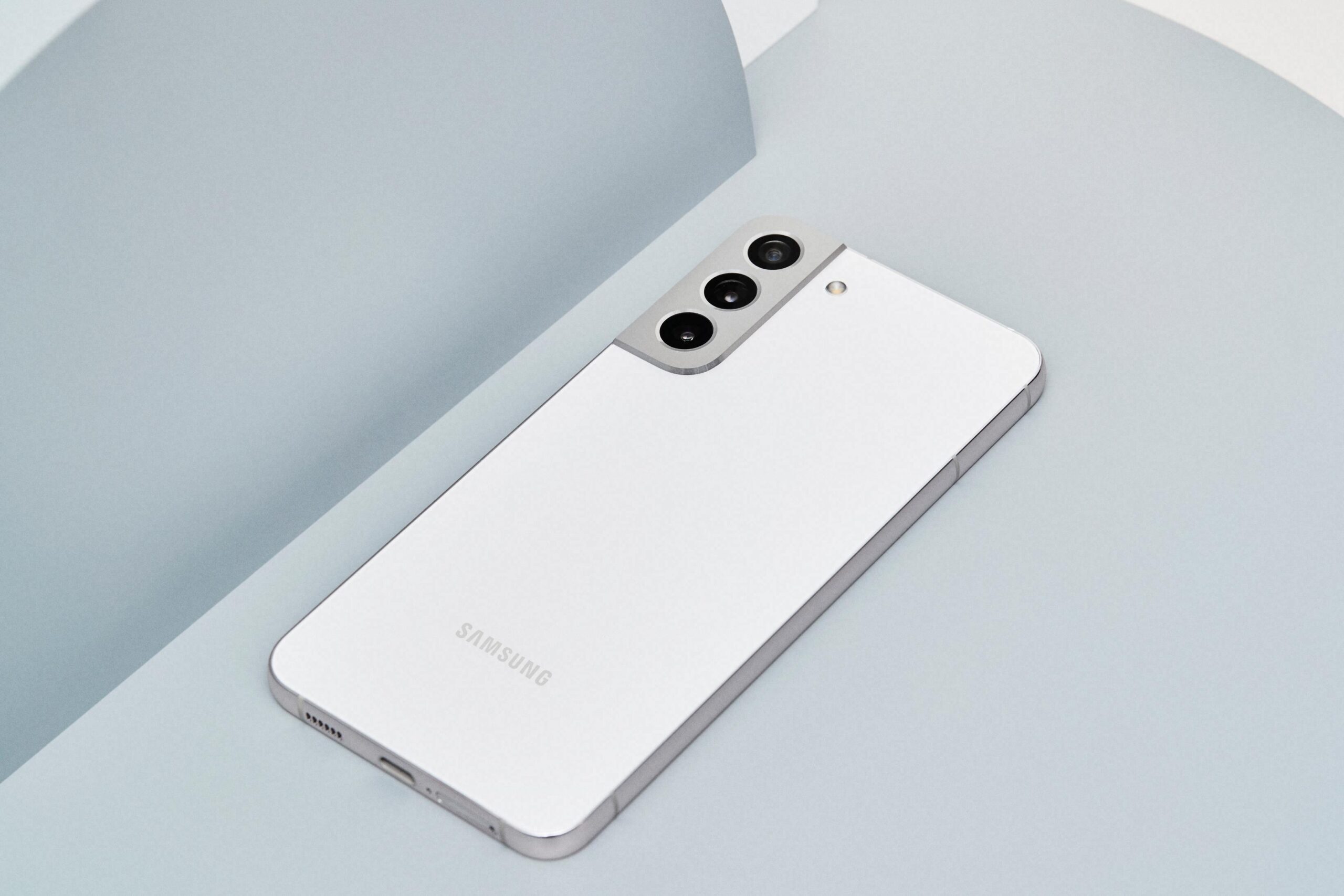
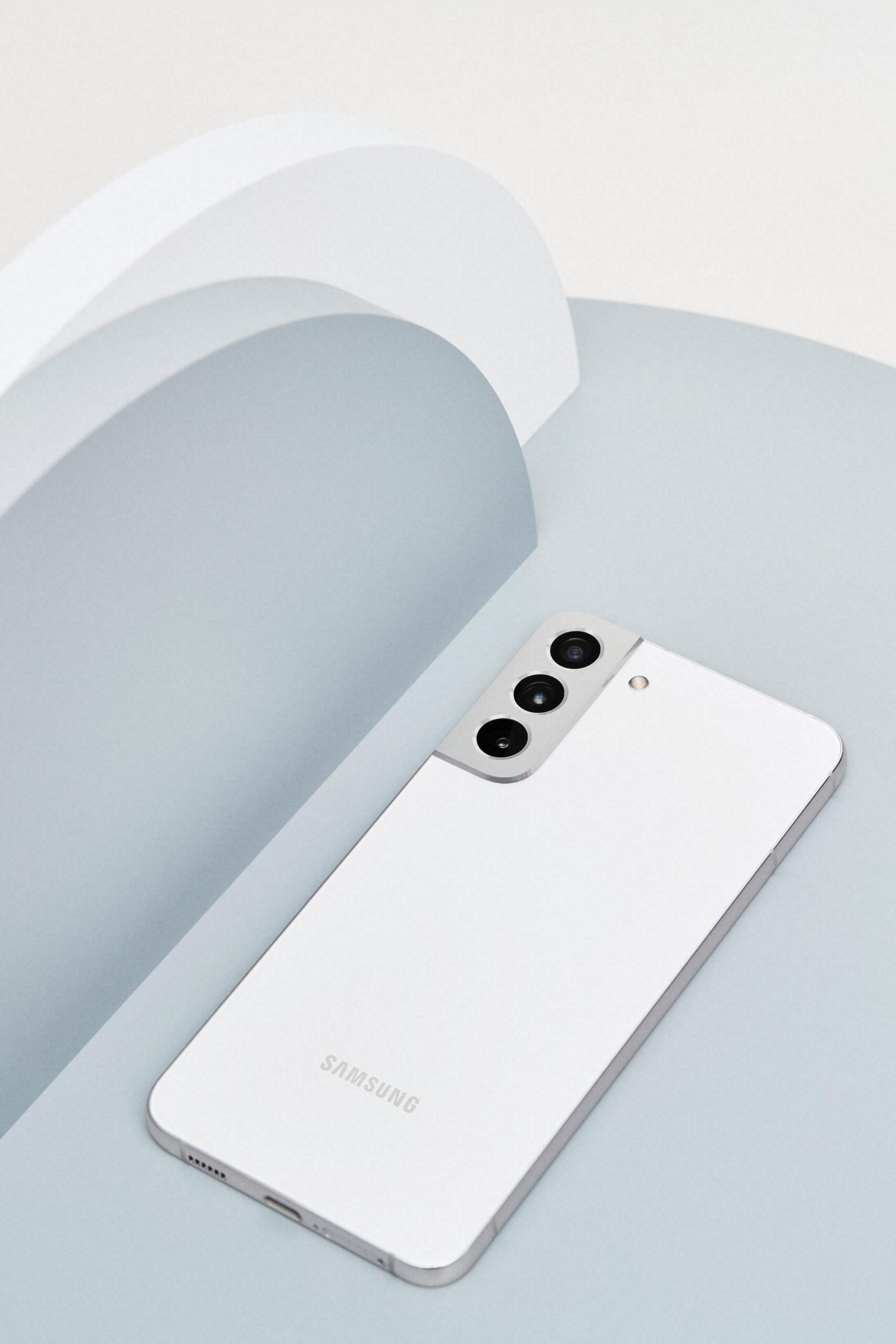
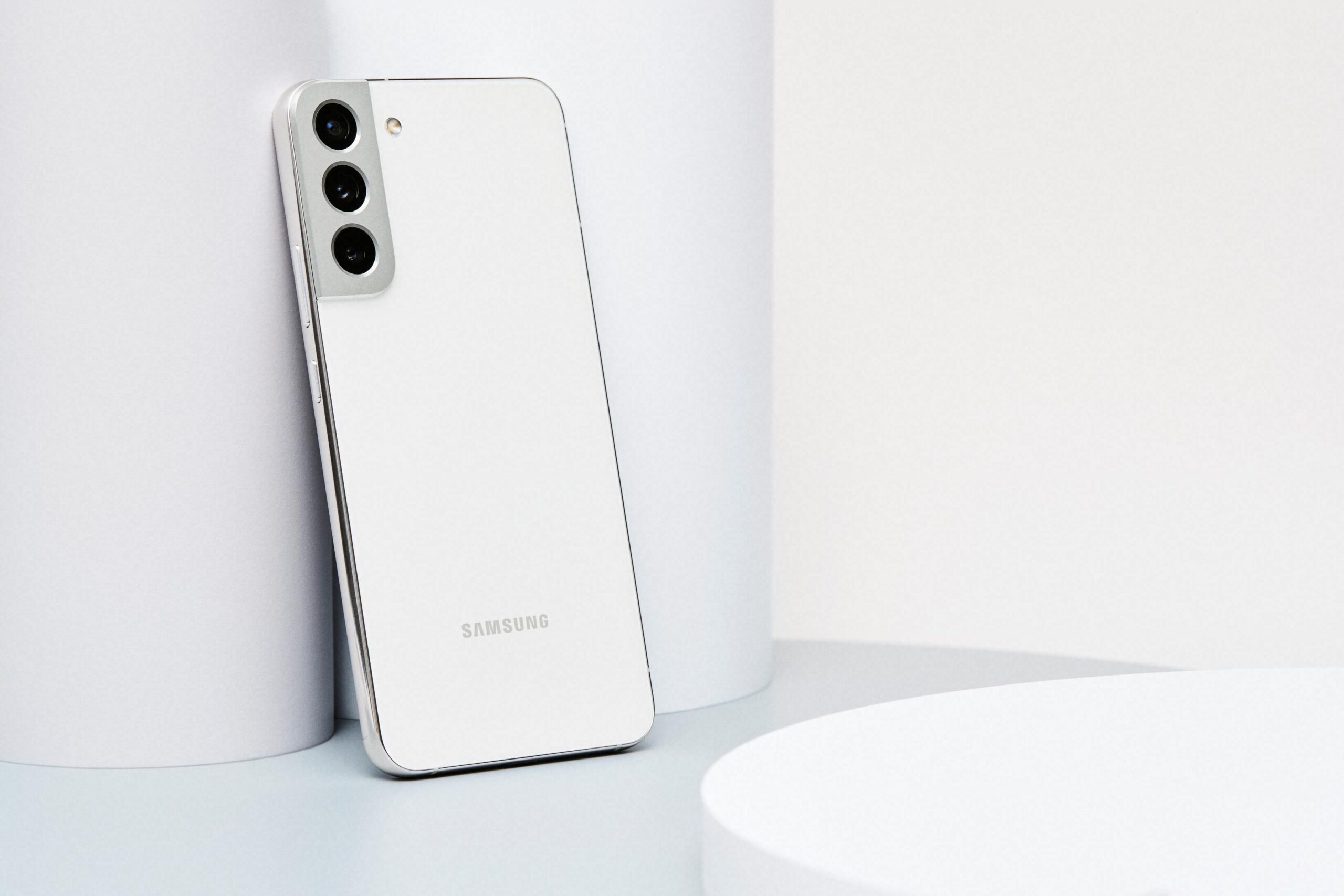
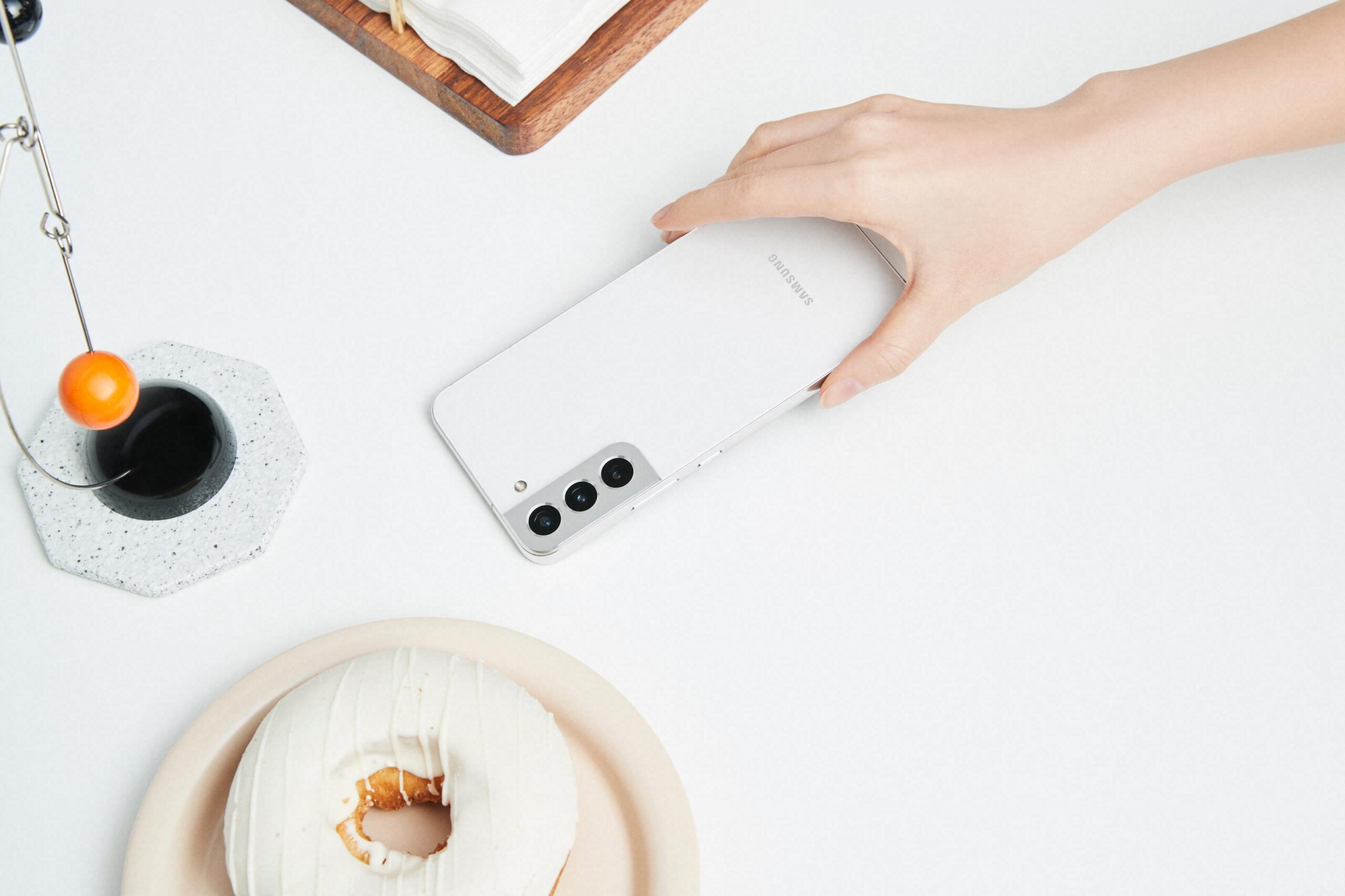

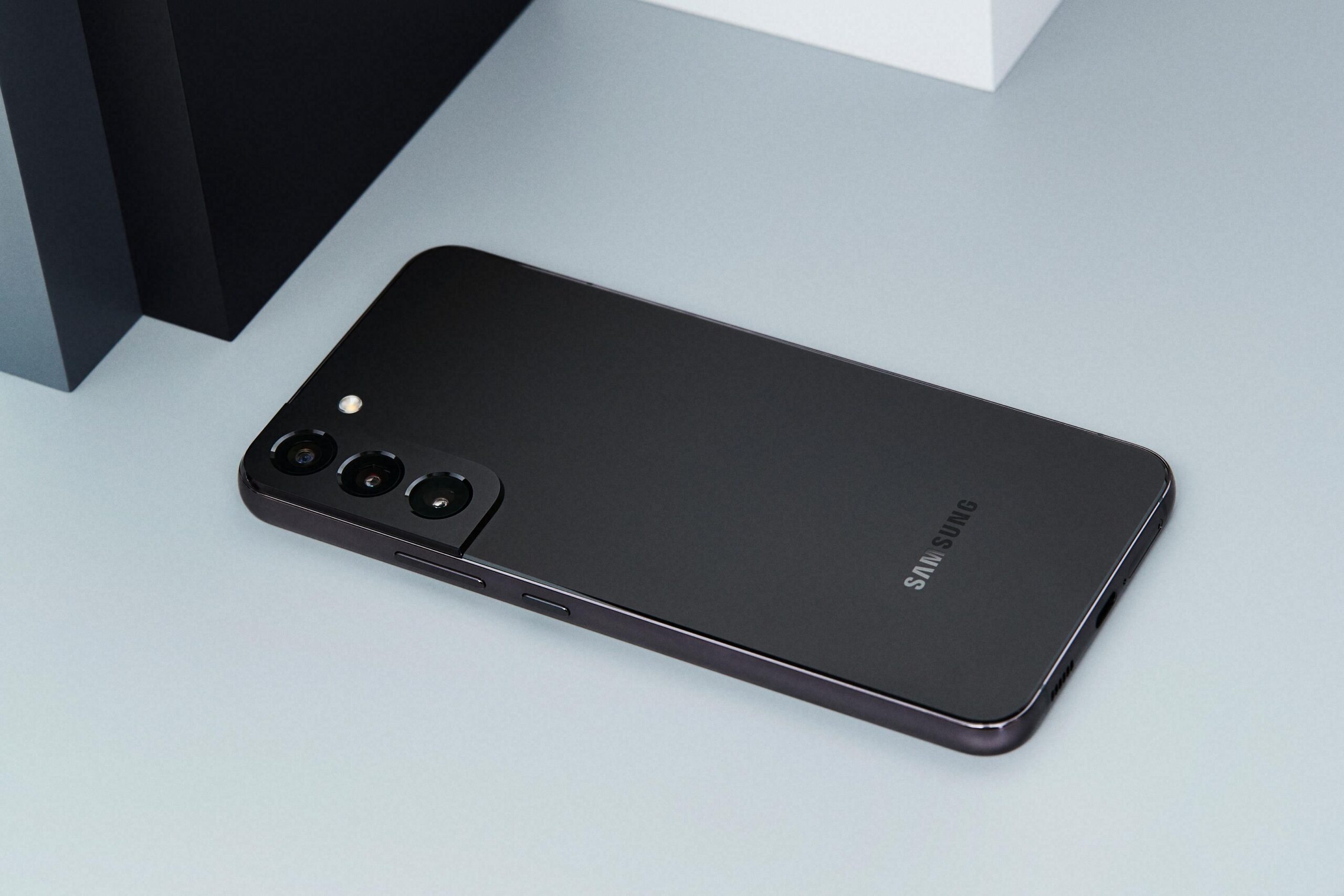
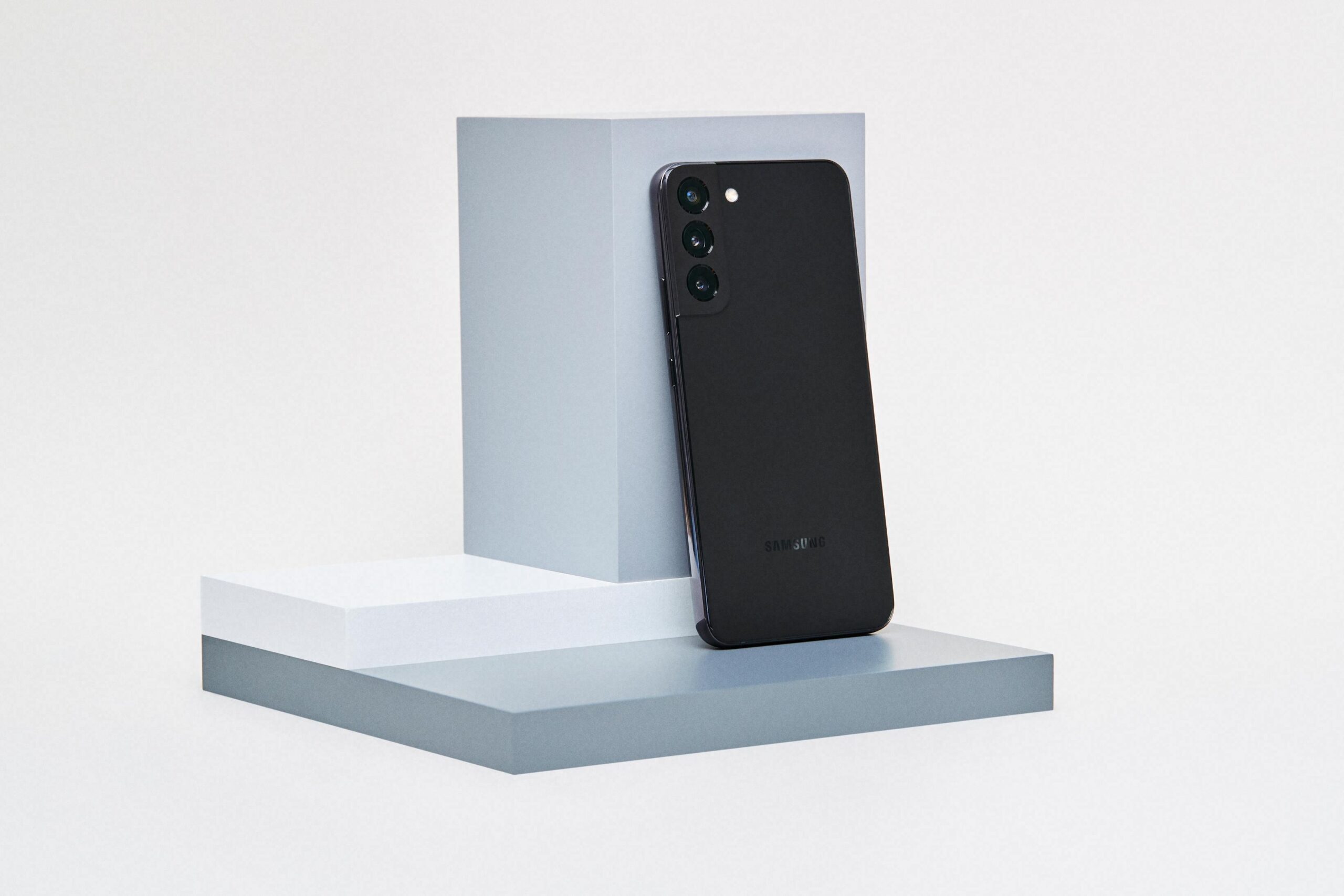
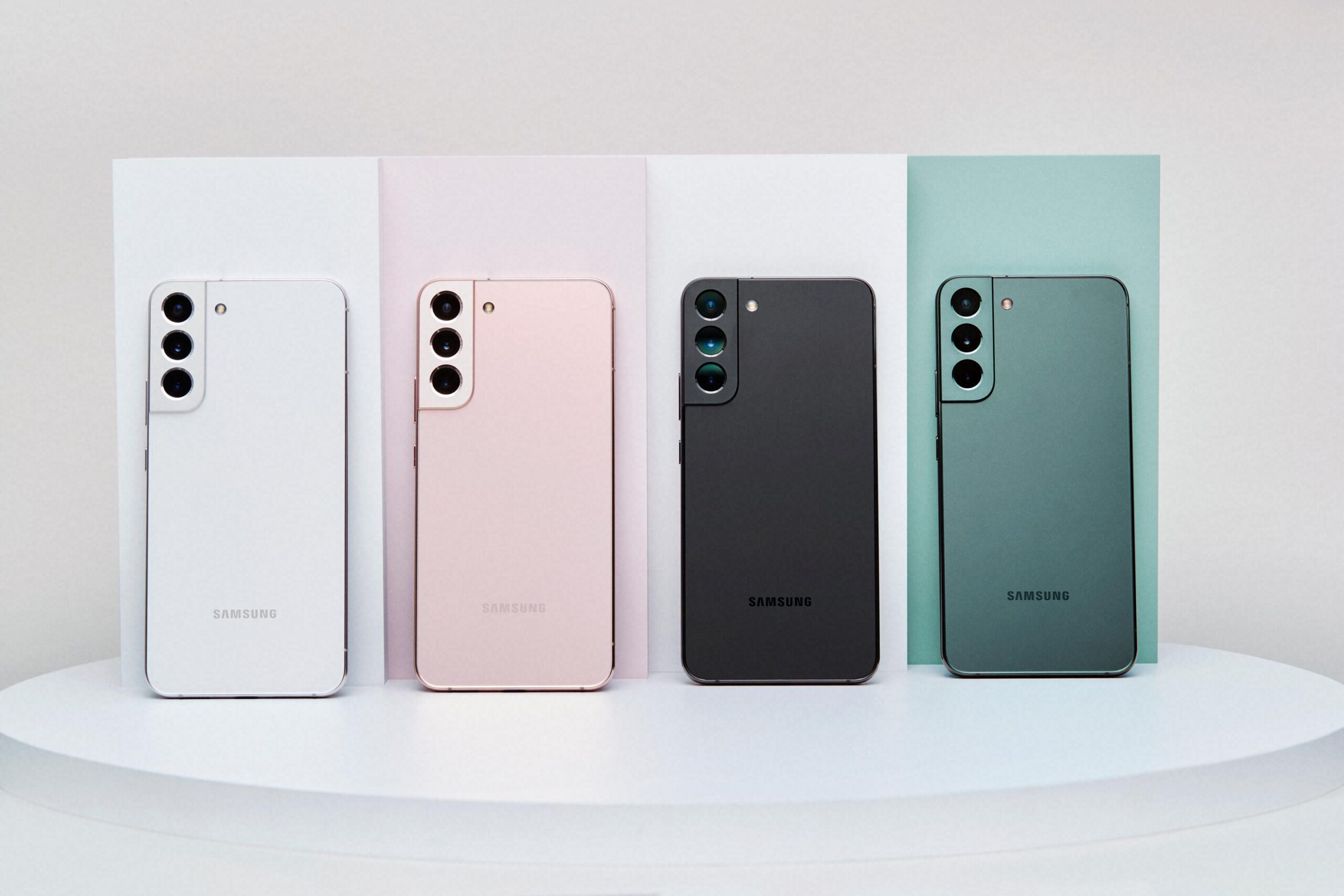
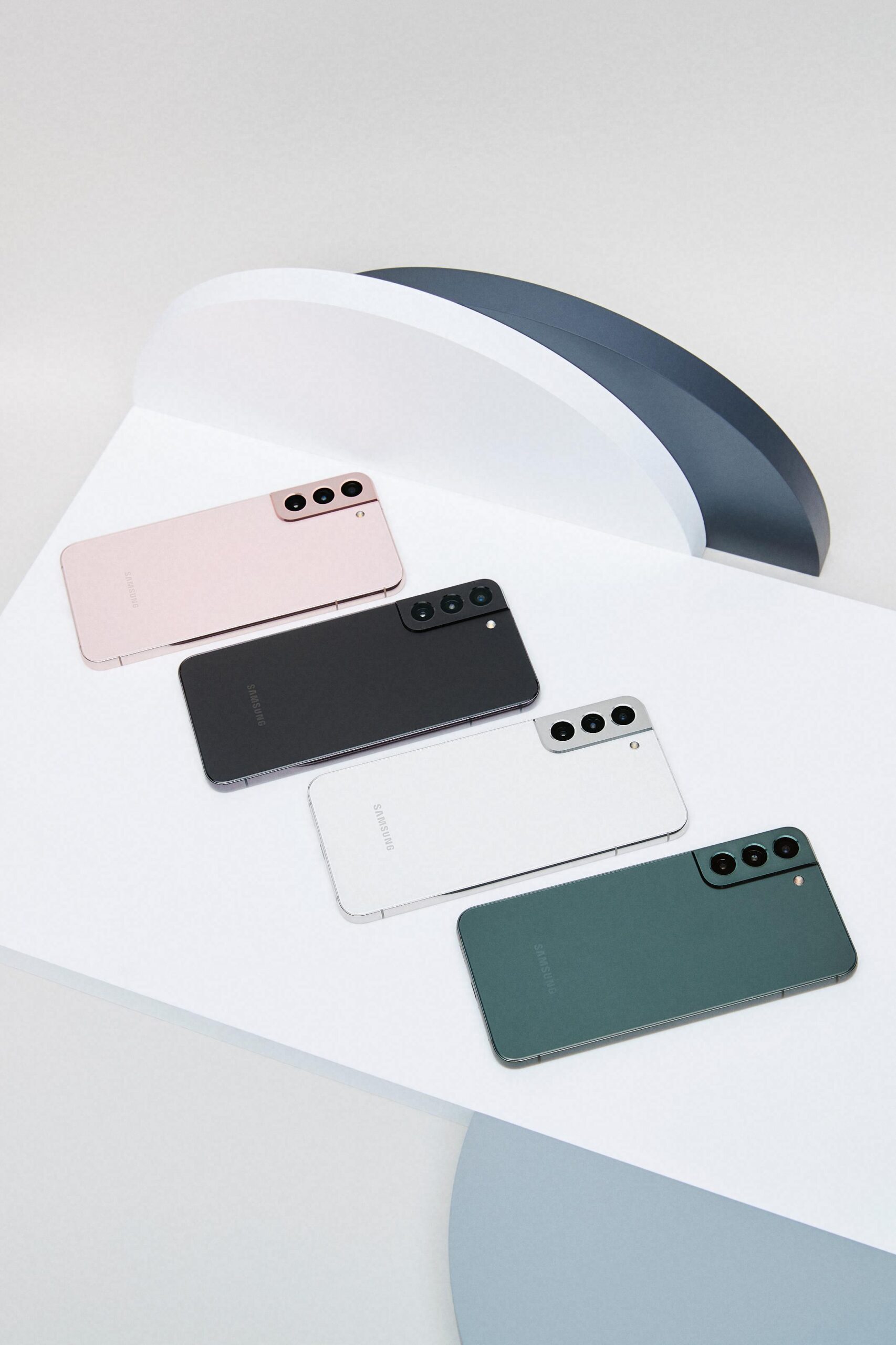
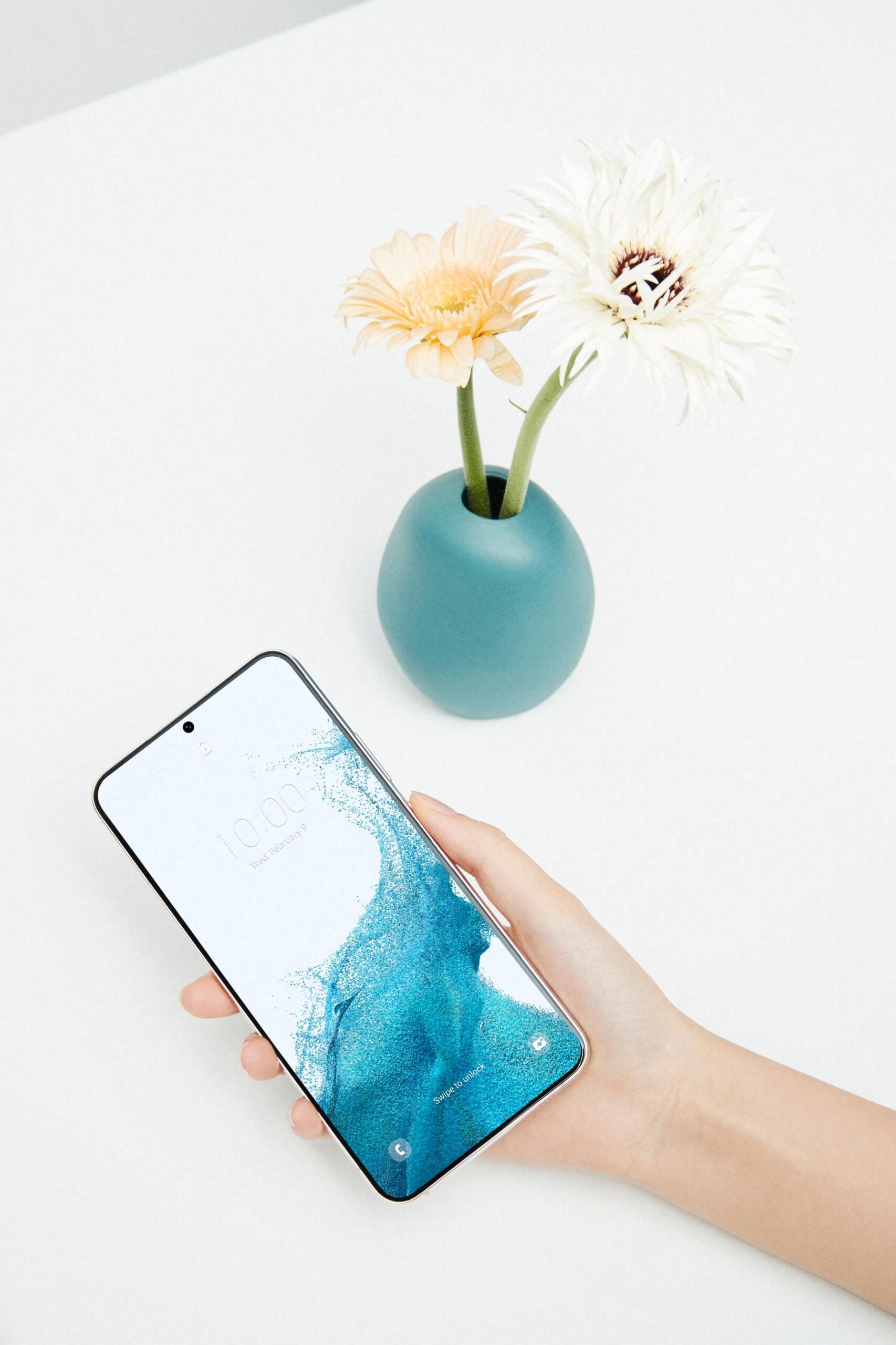
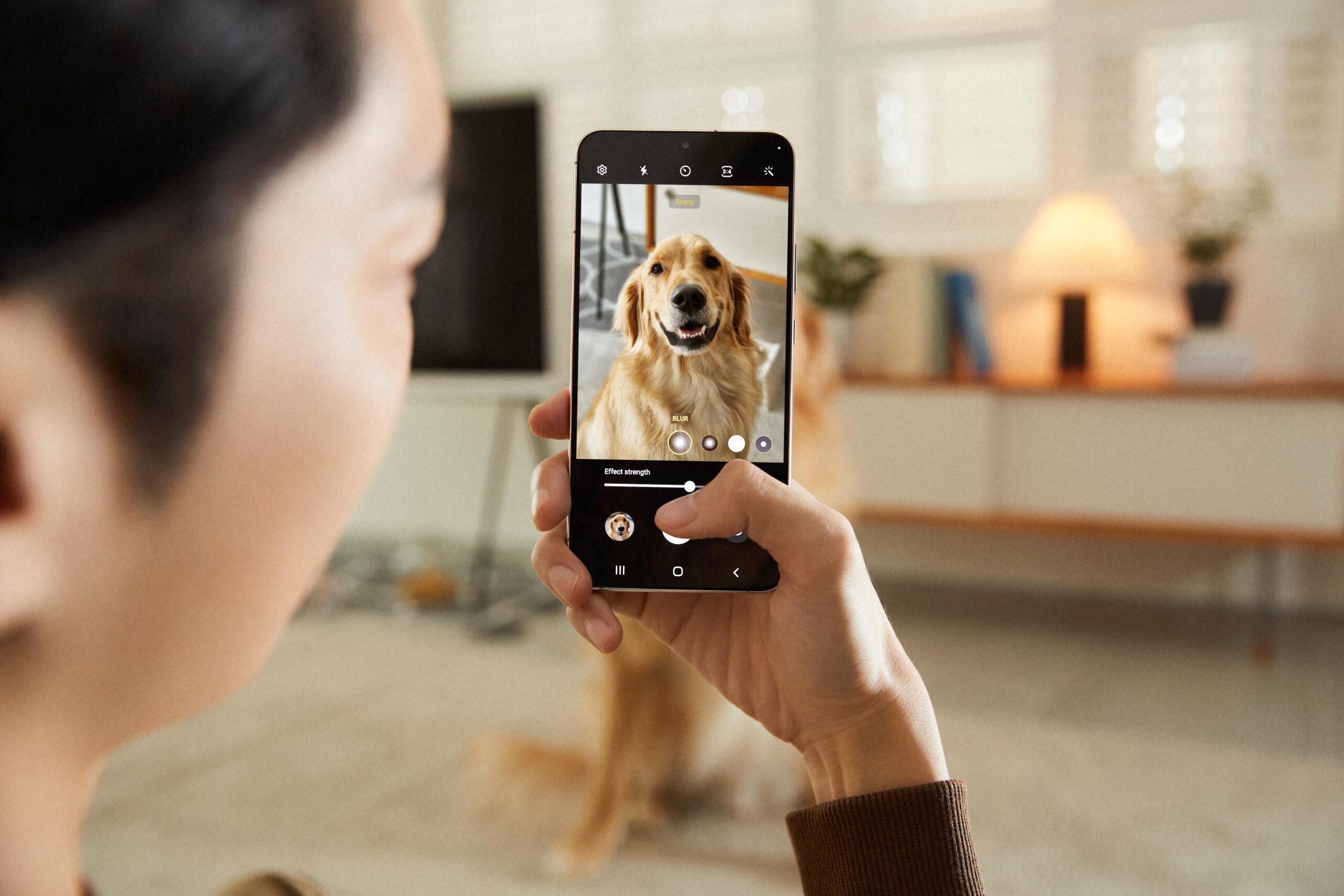
 Adam Kos
Adam Kos 

